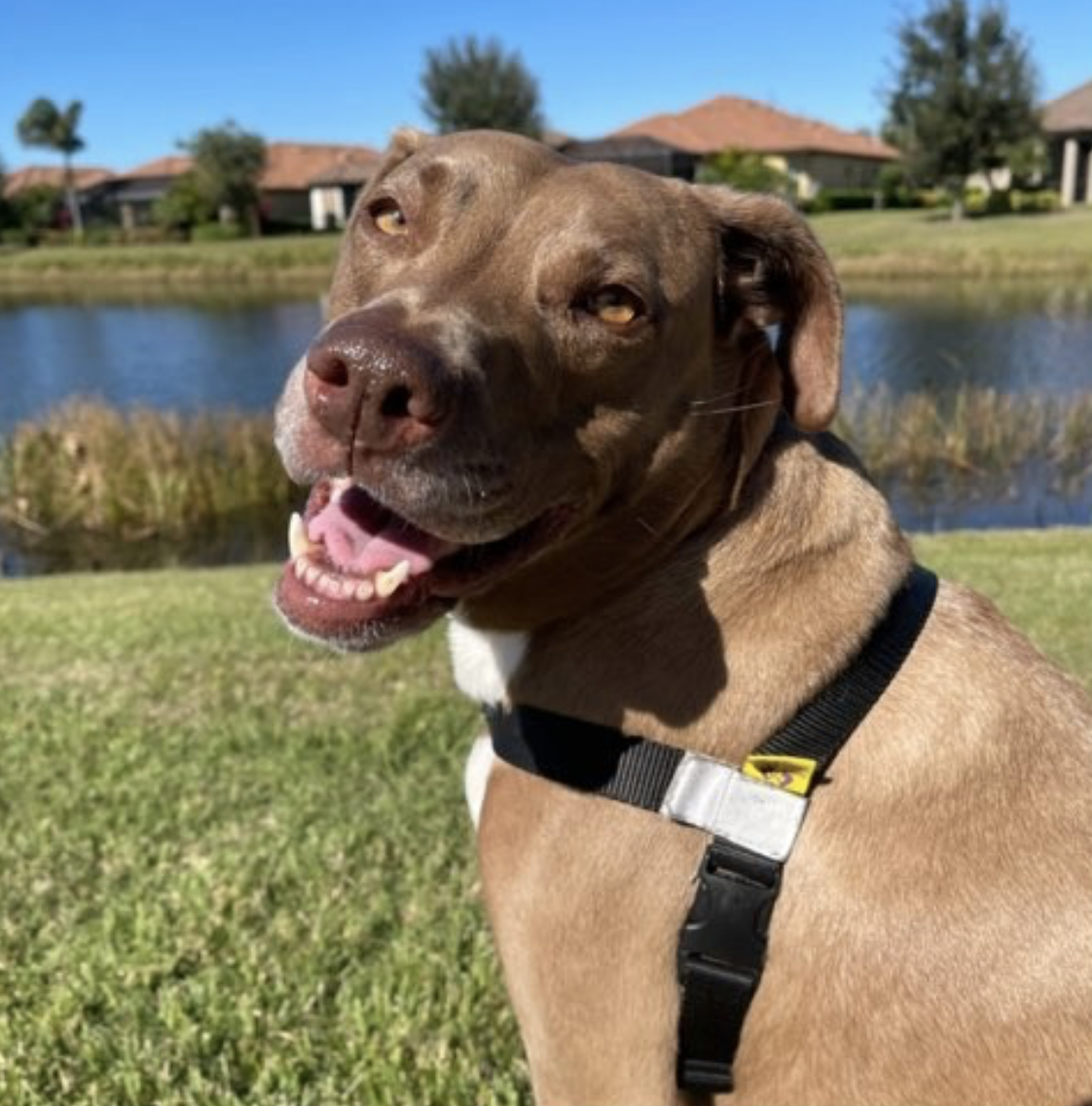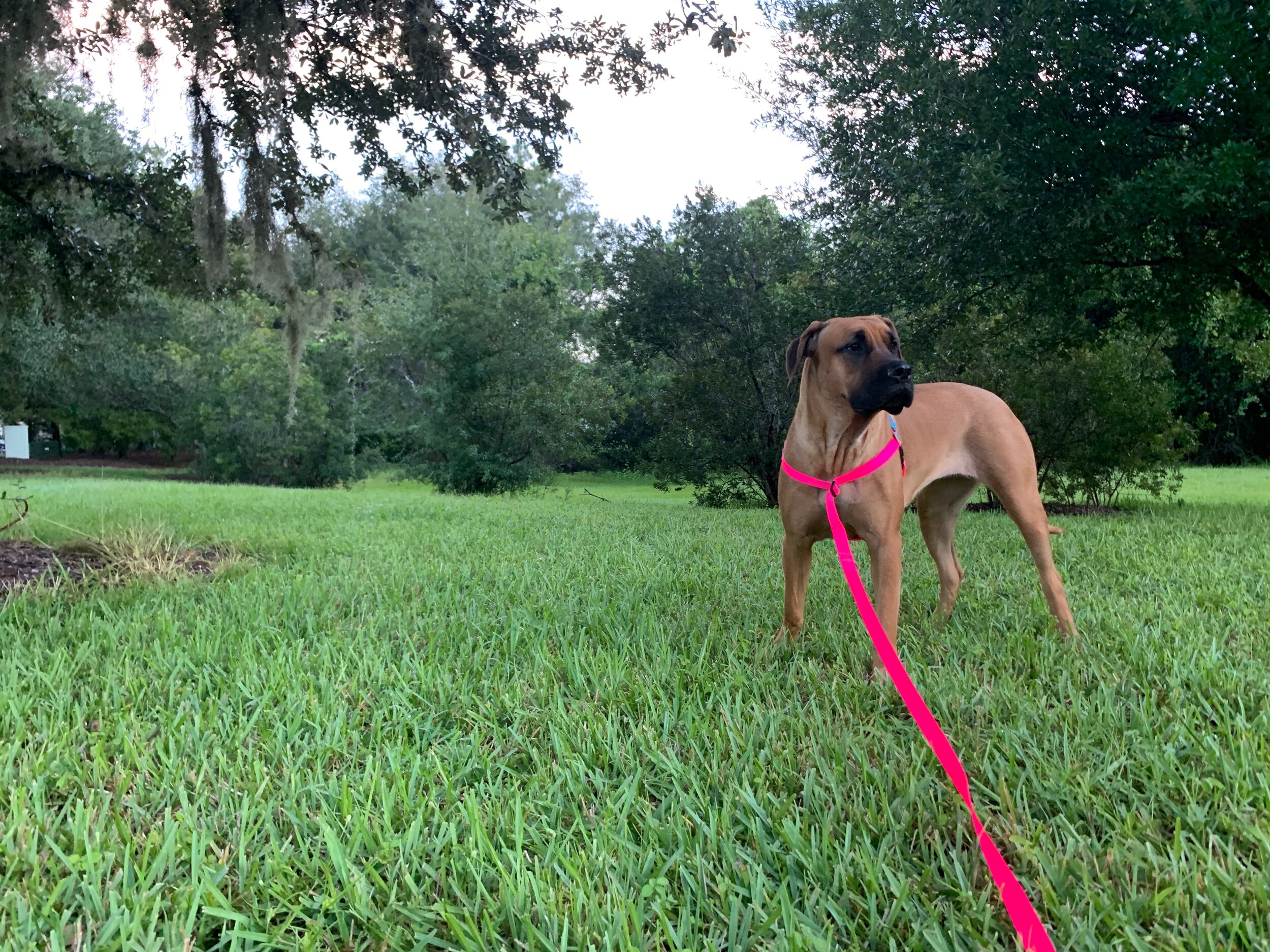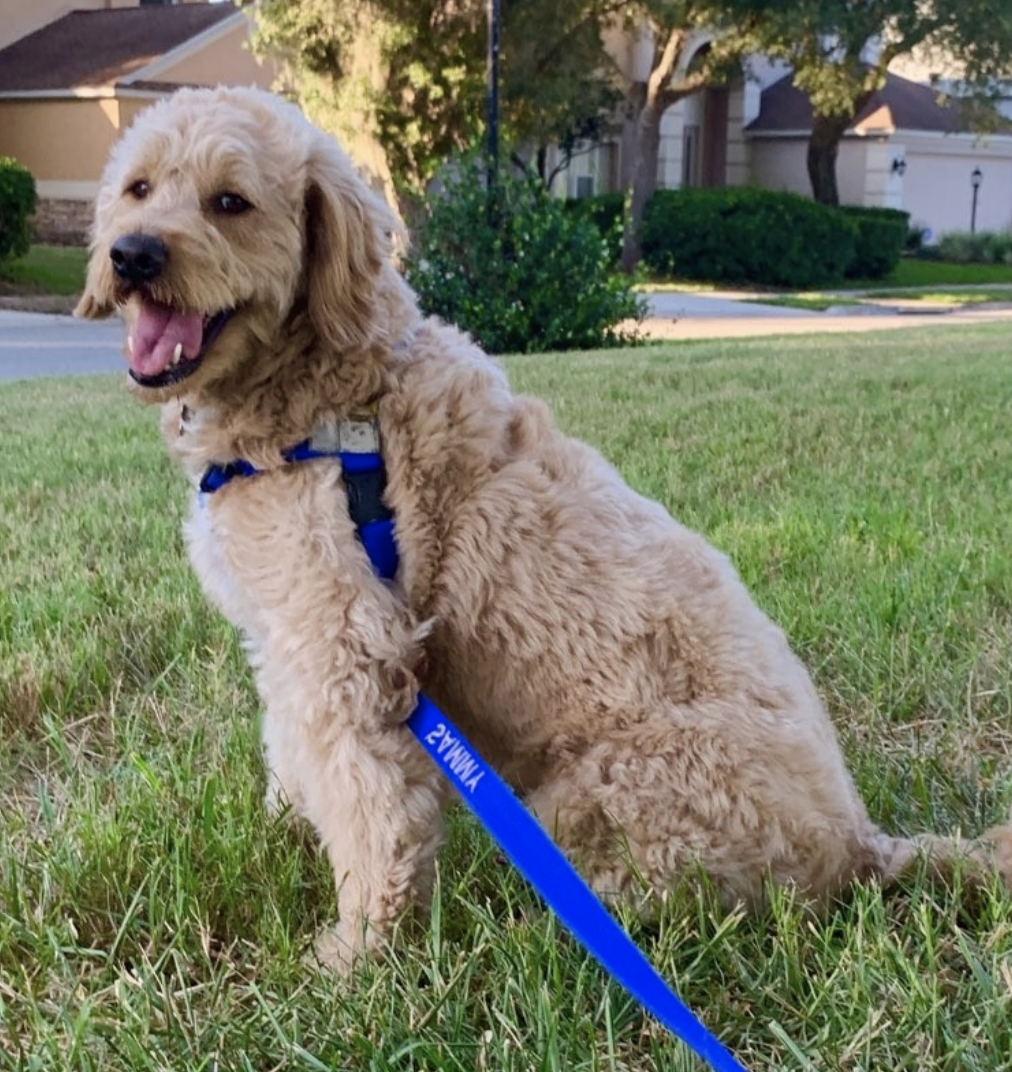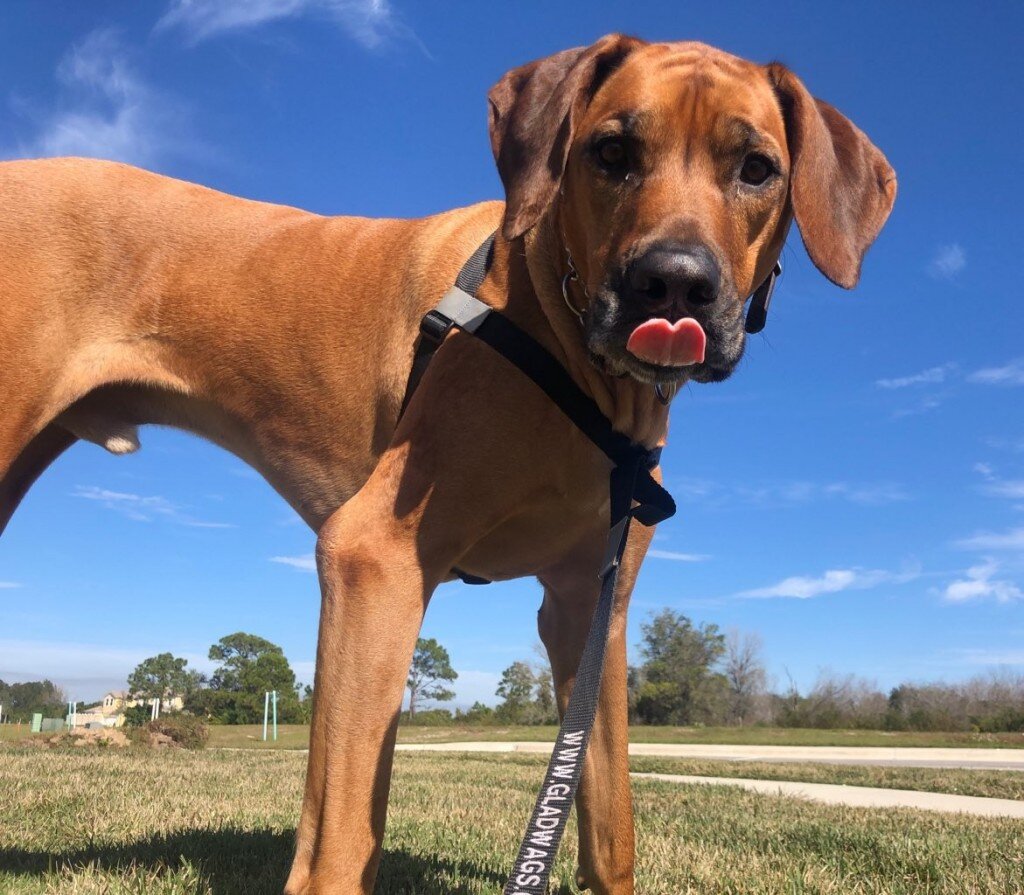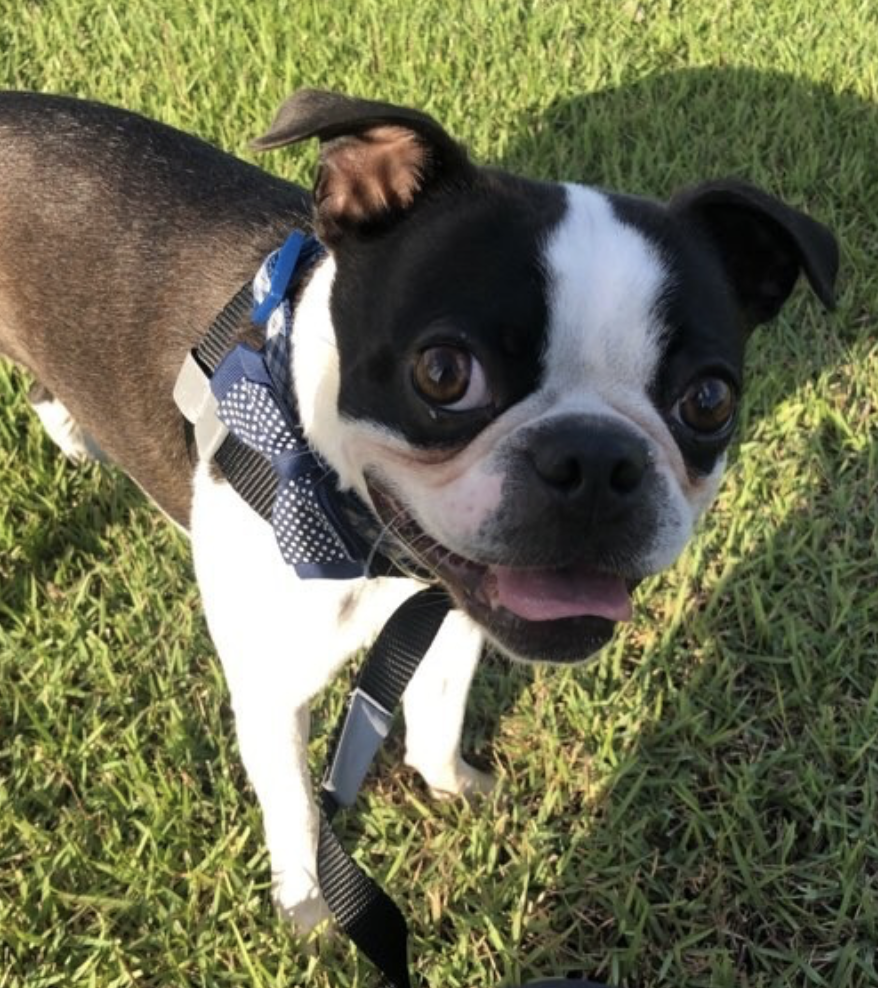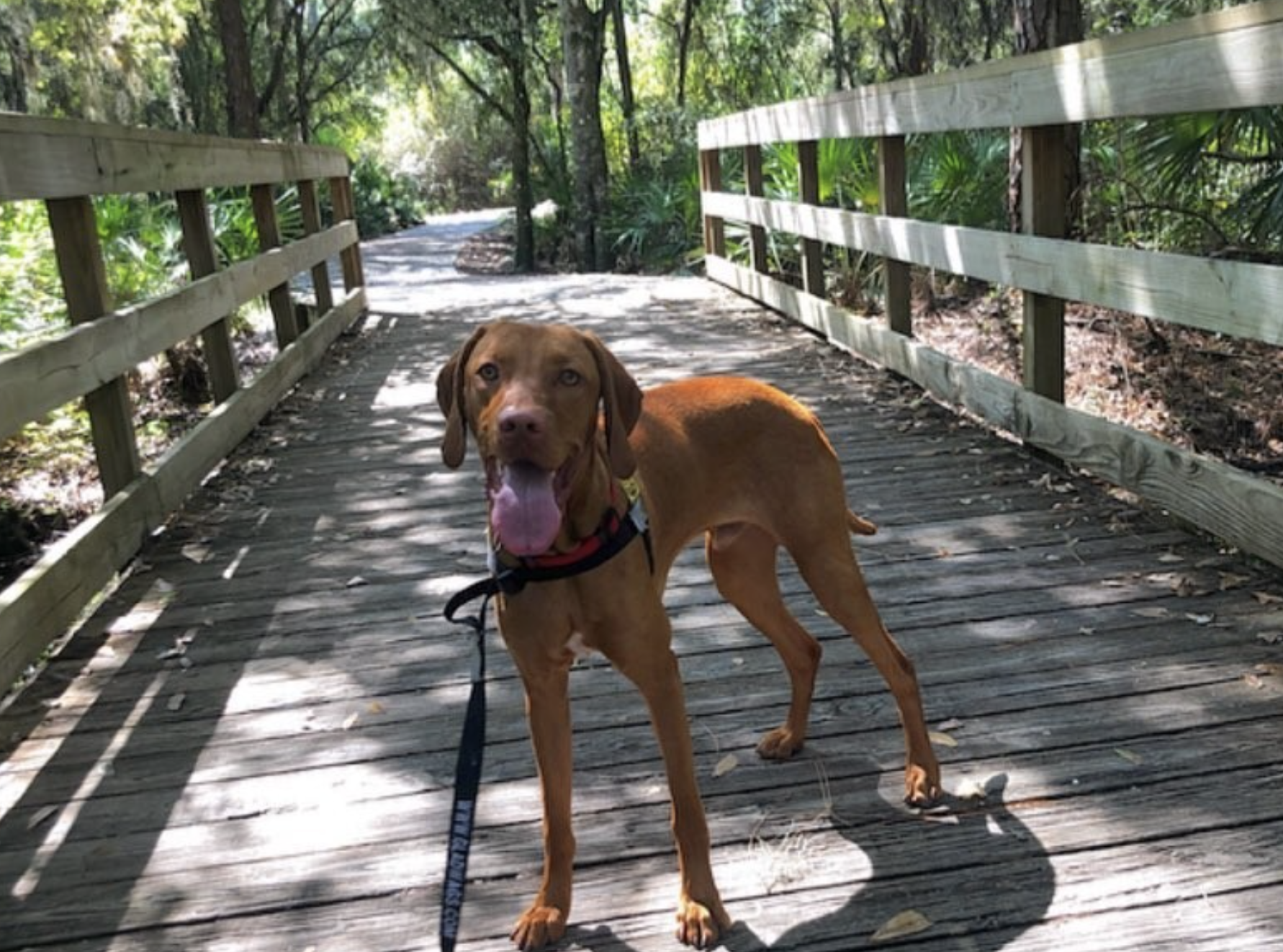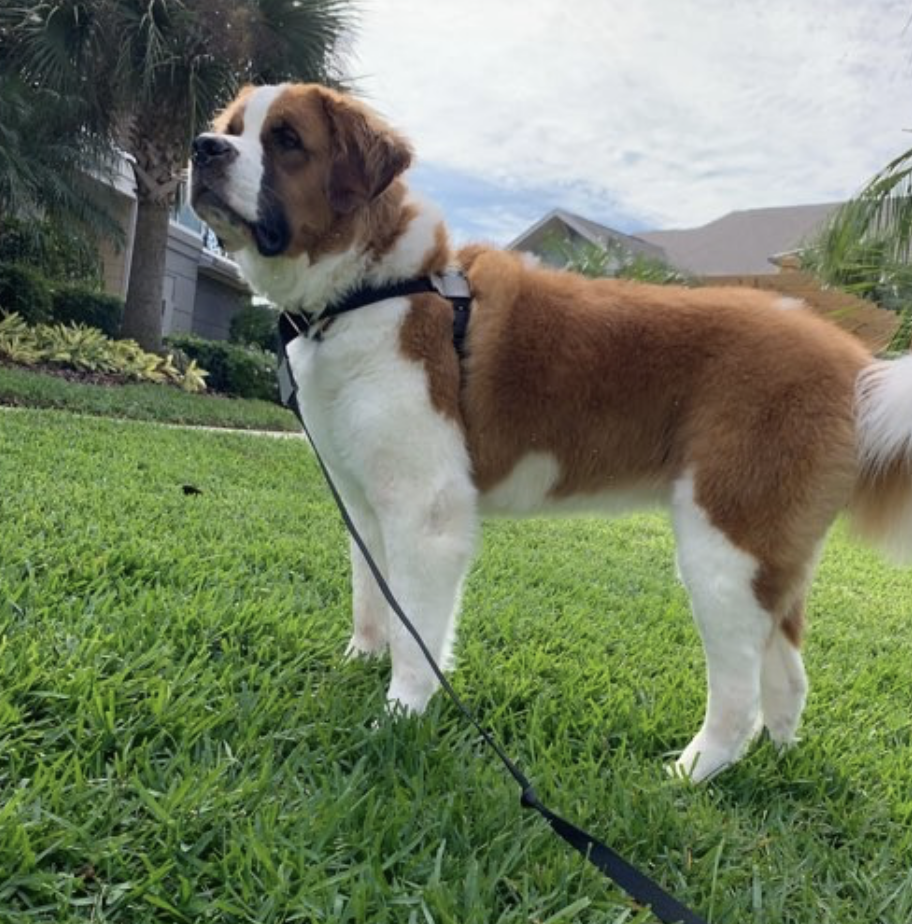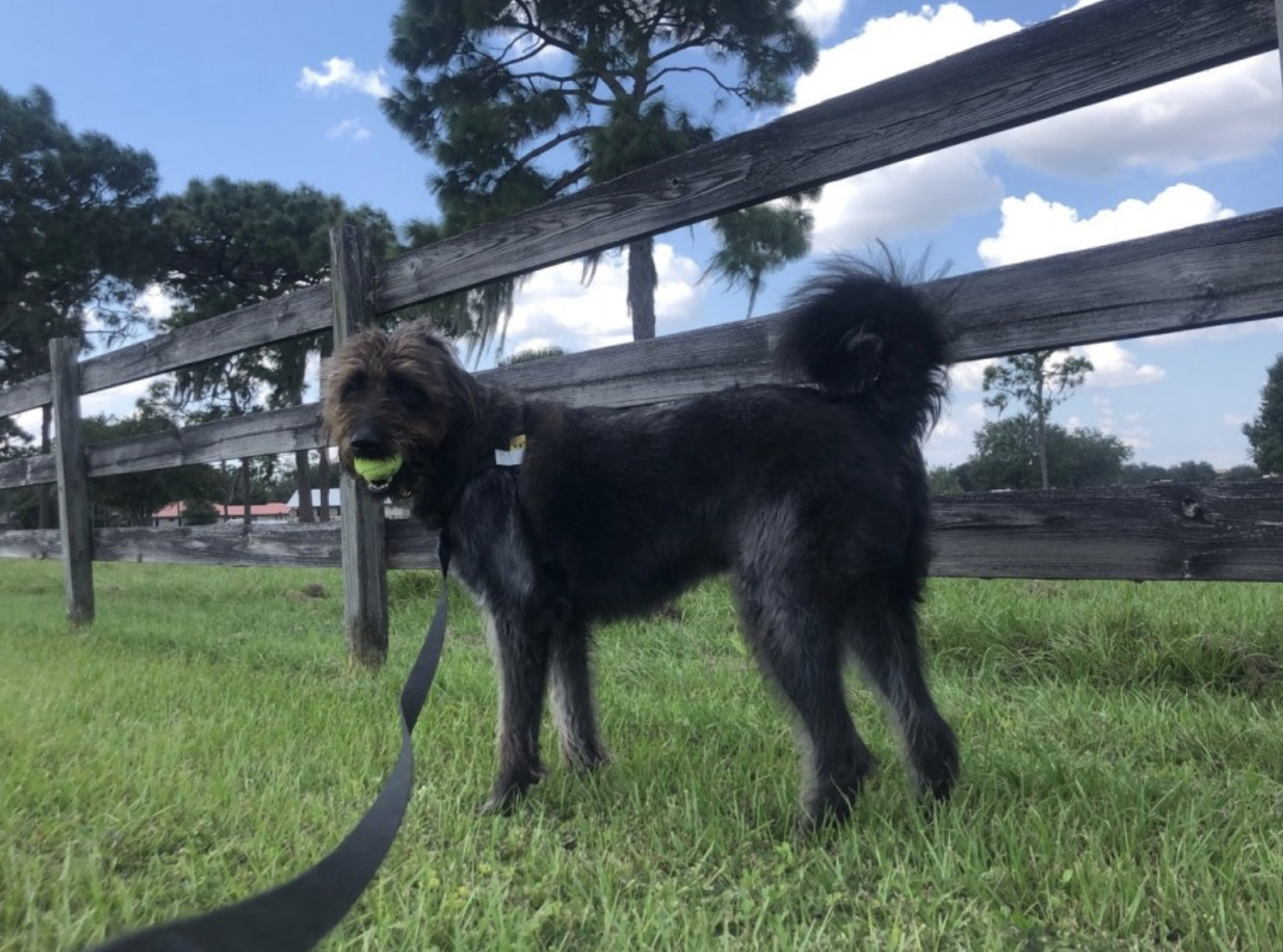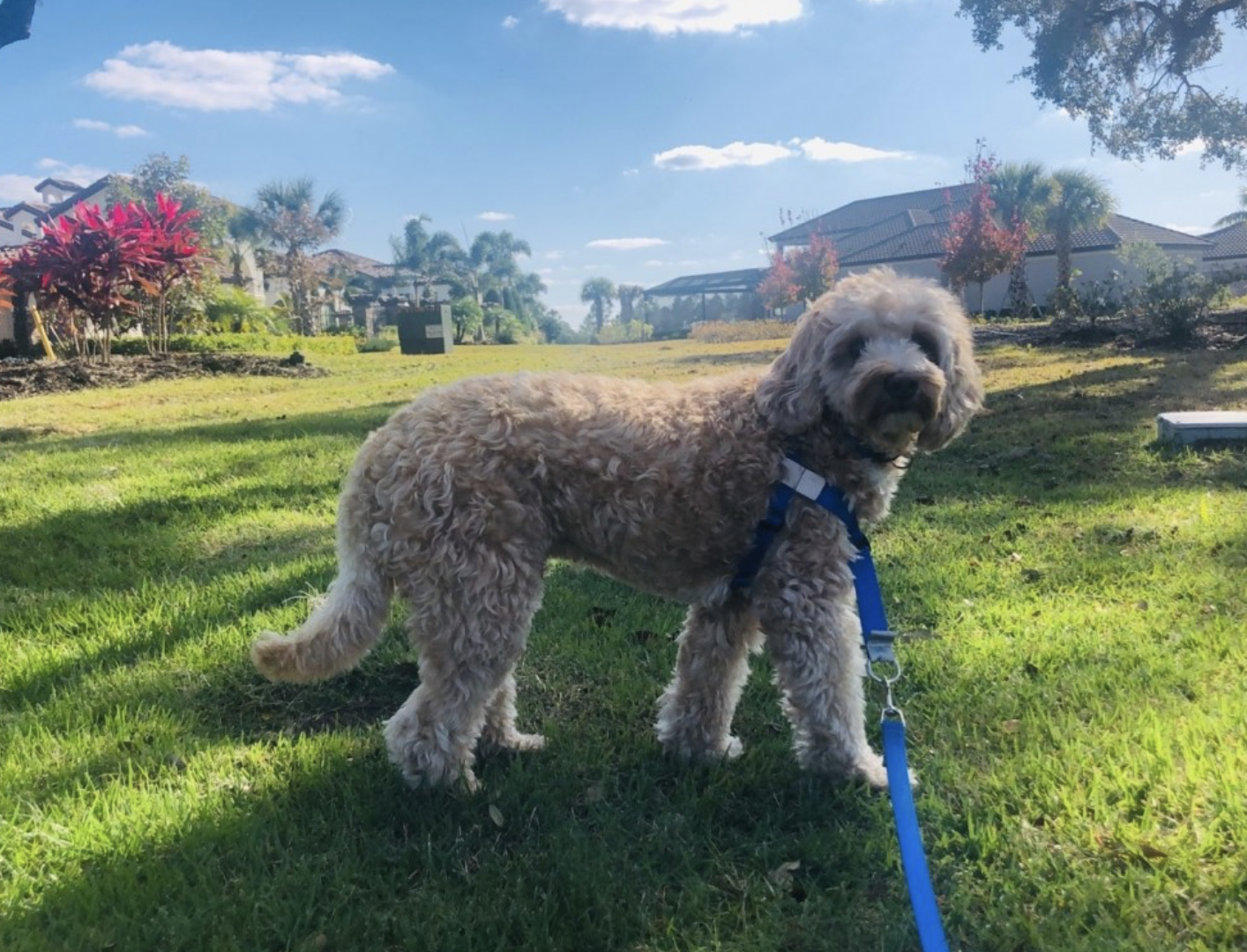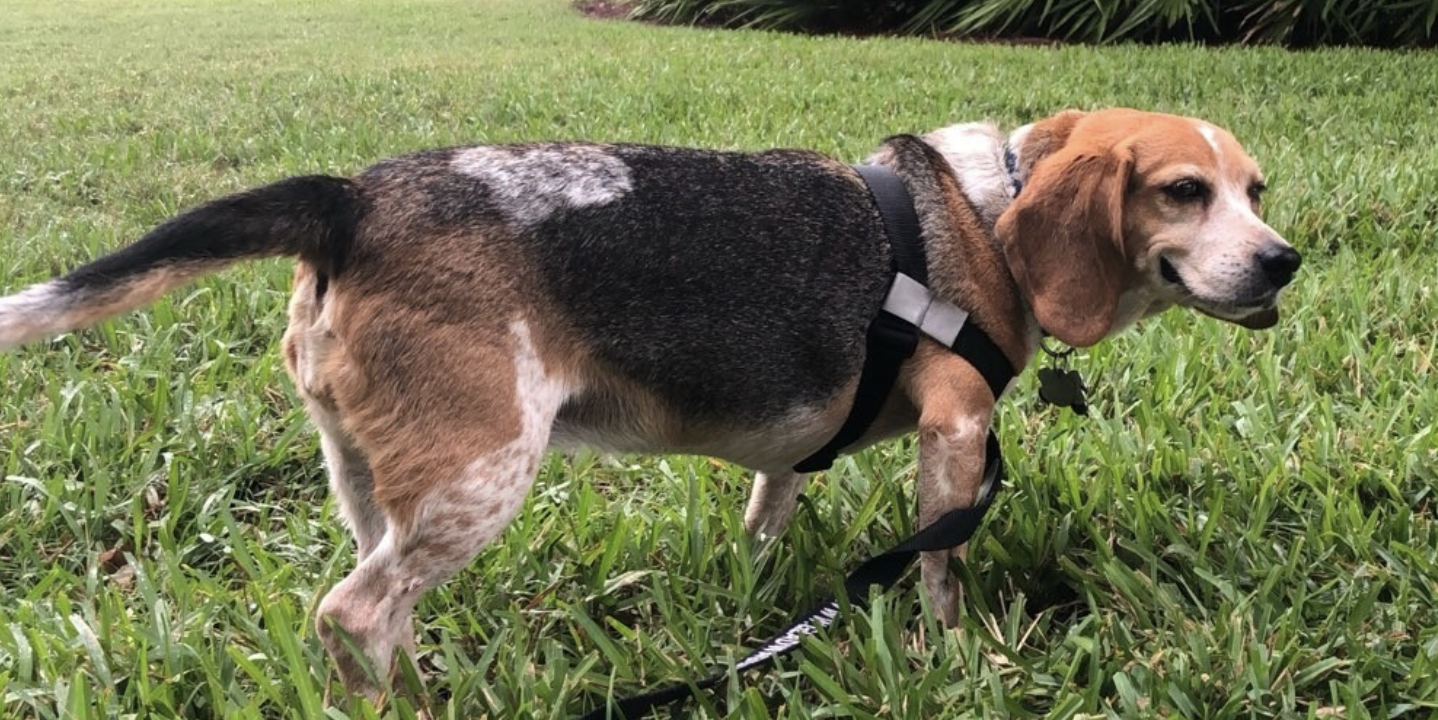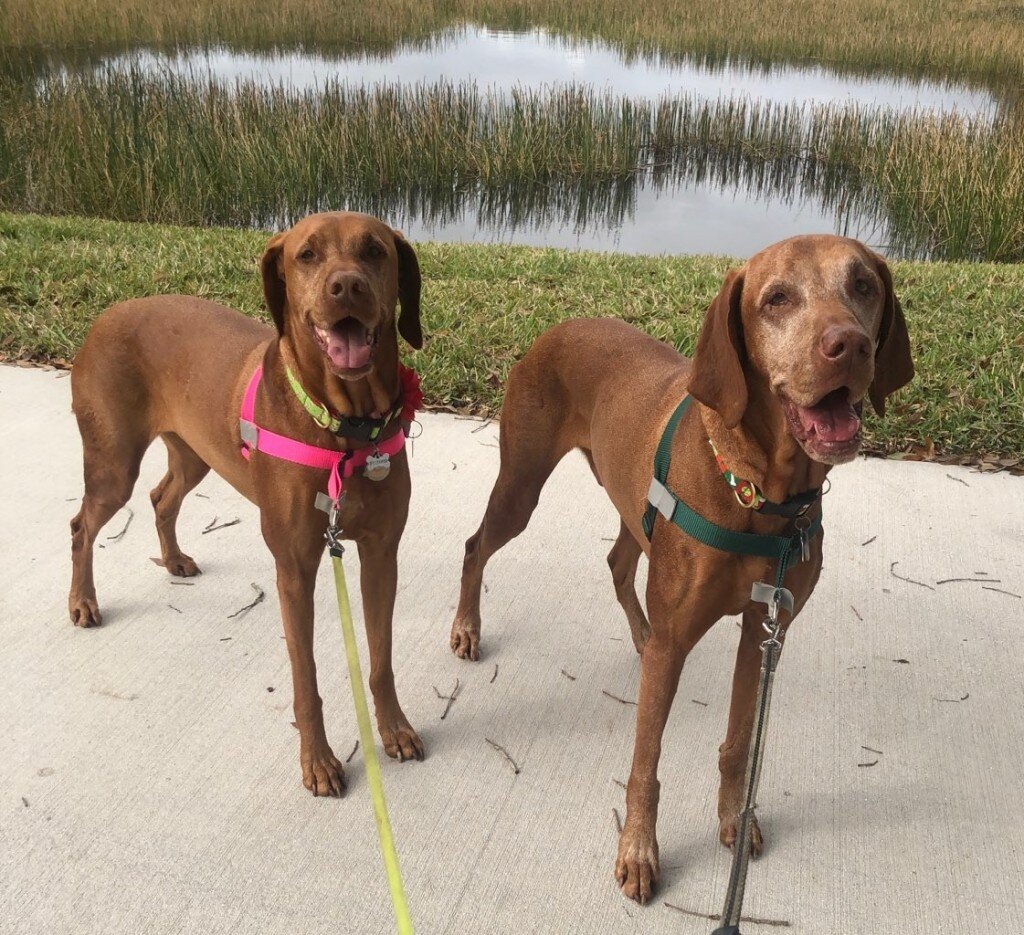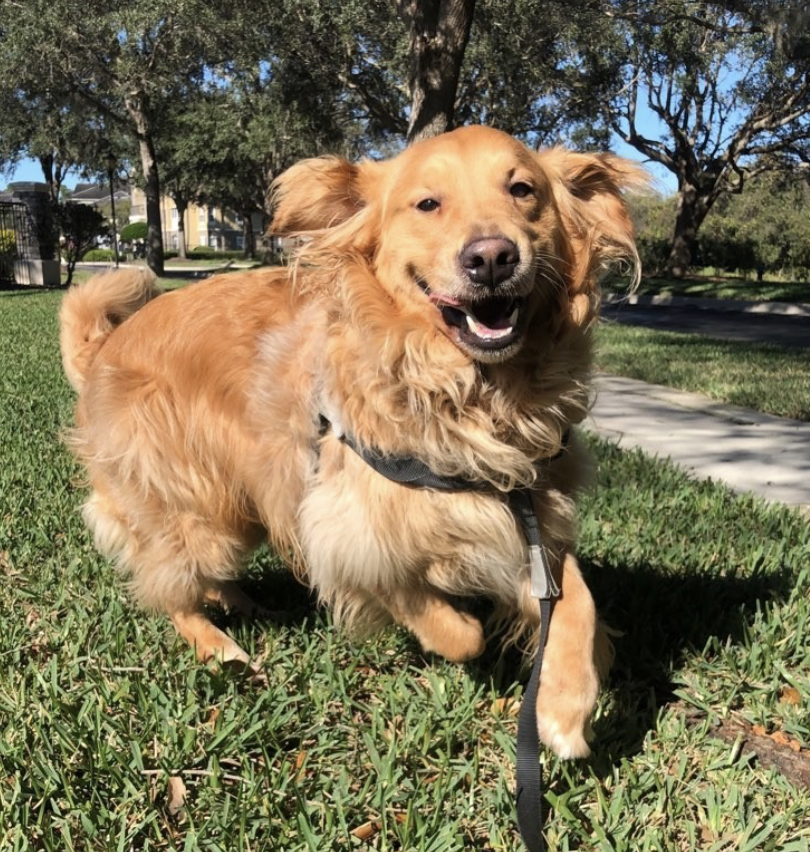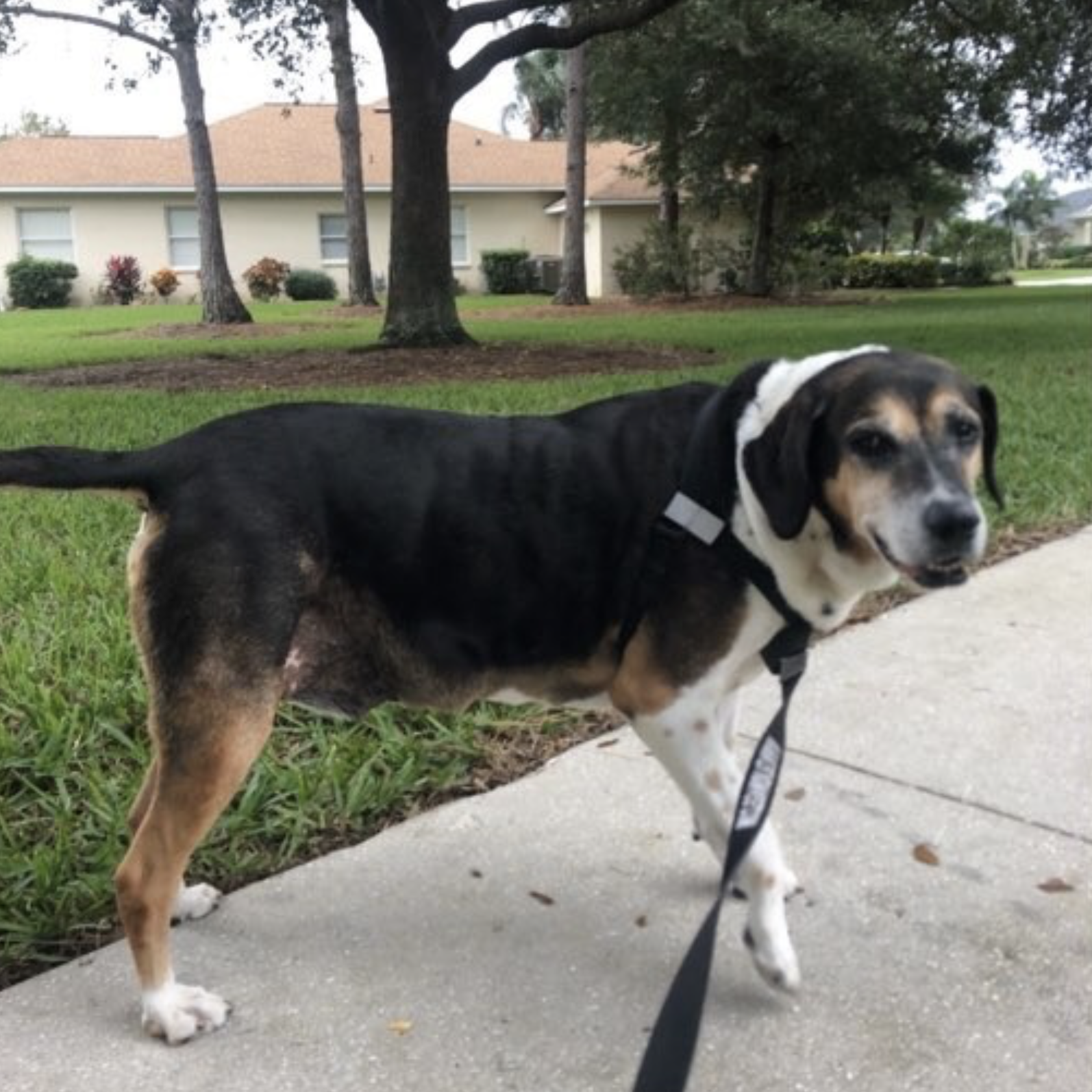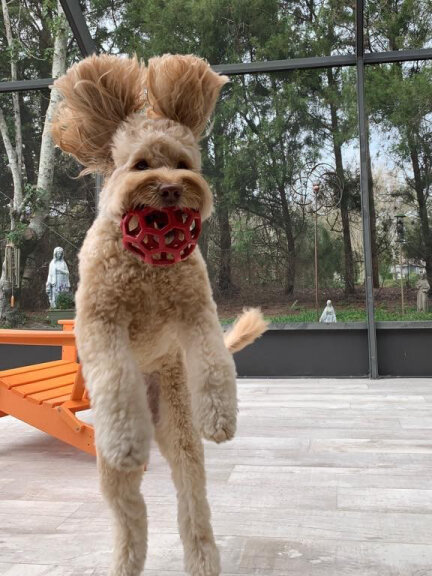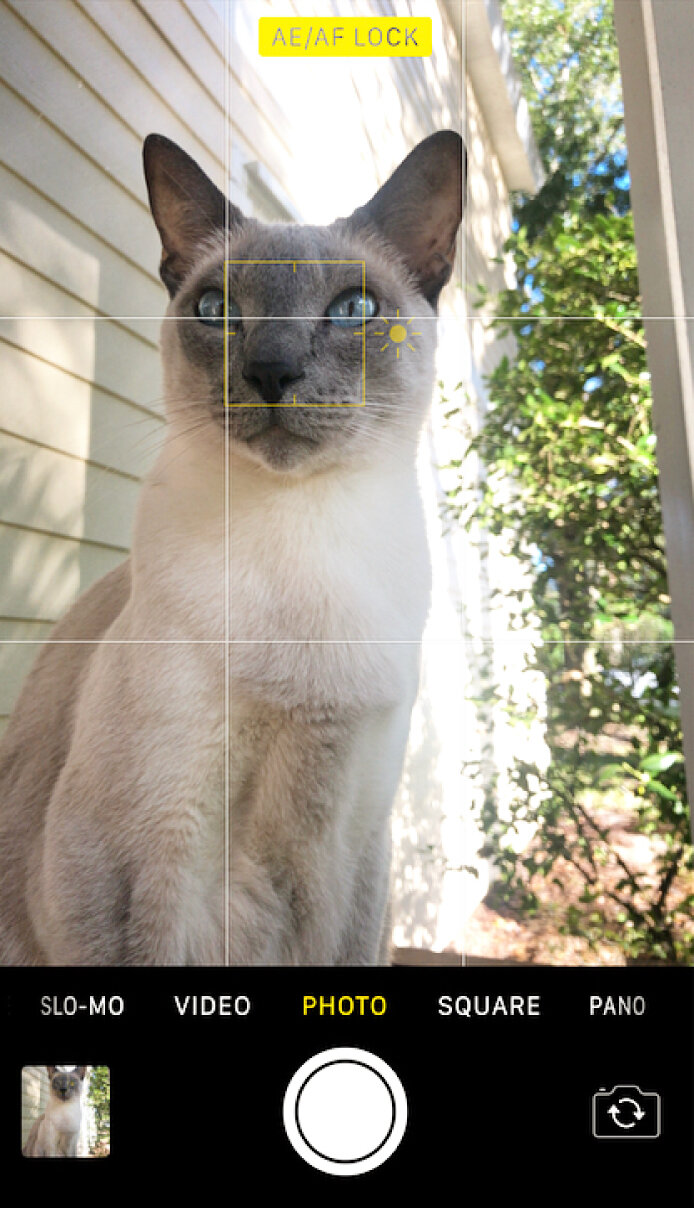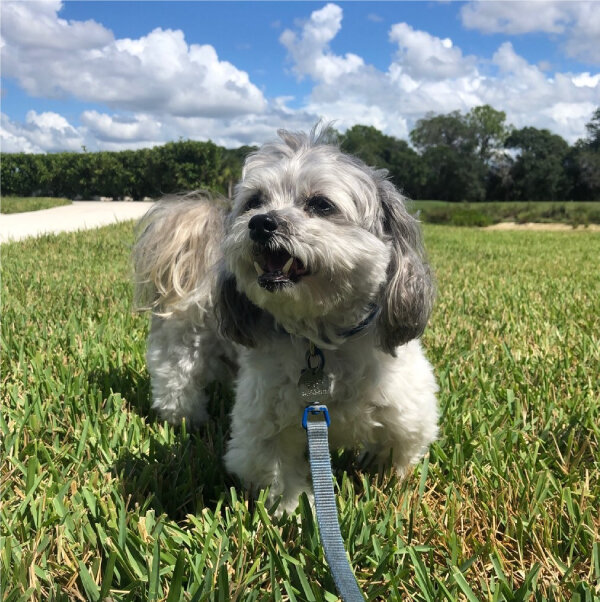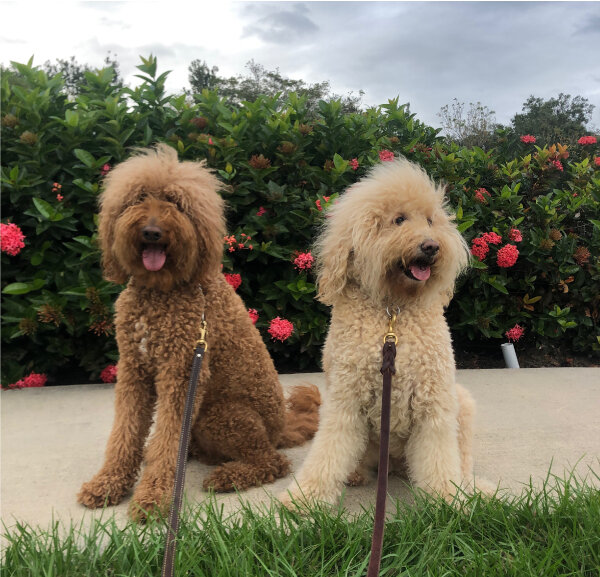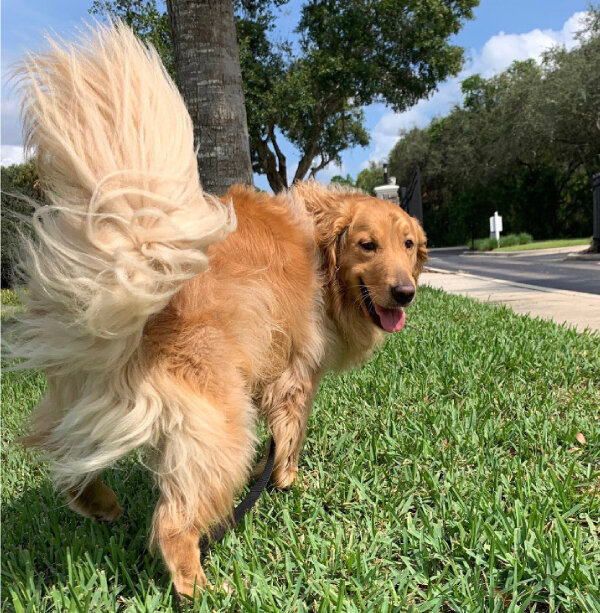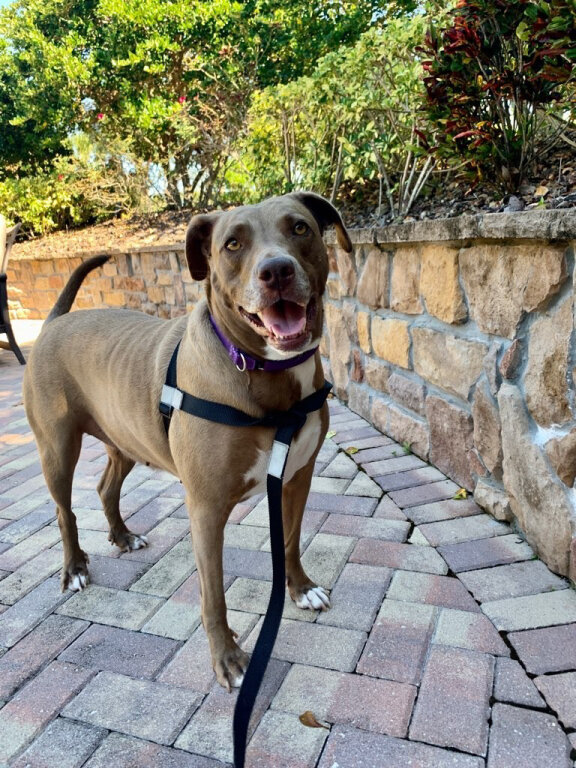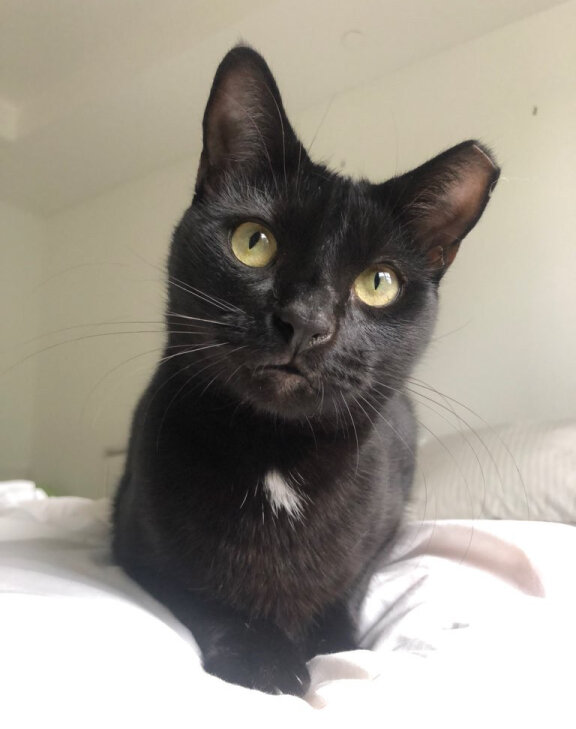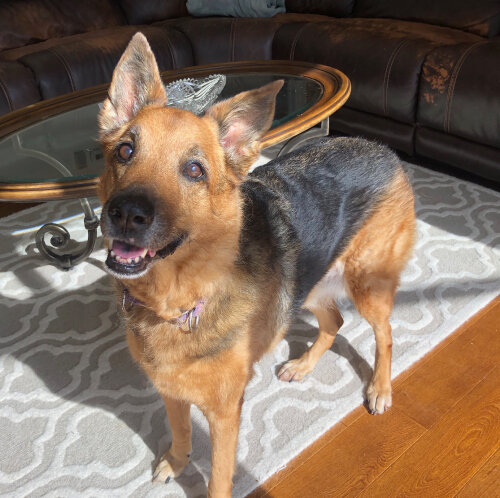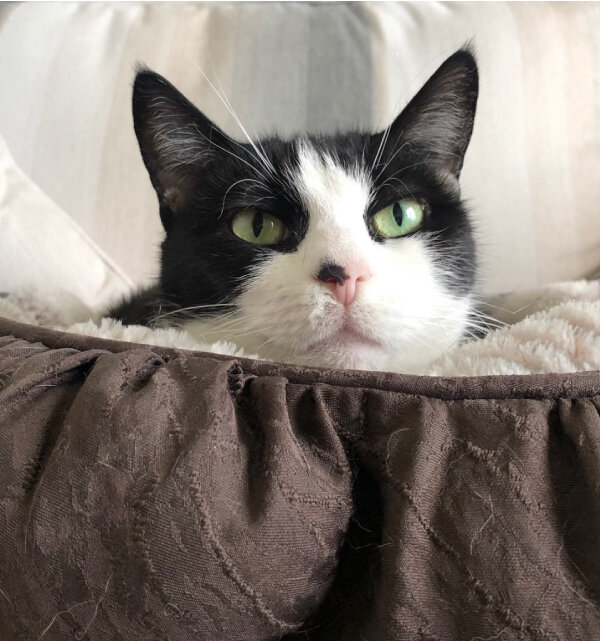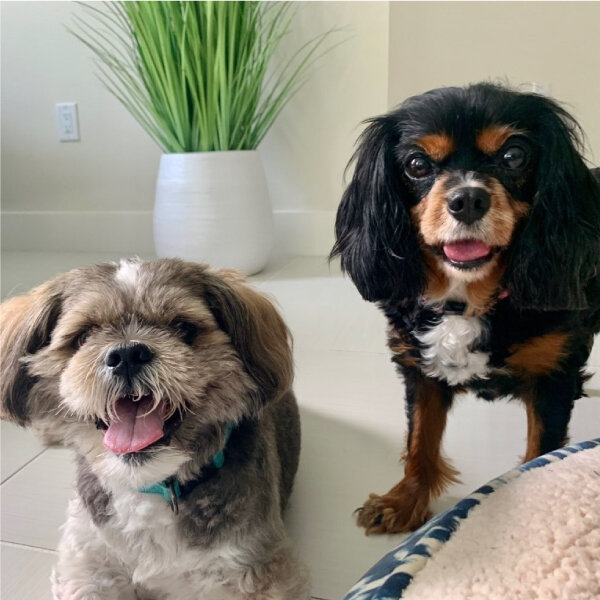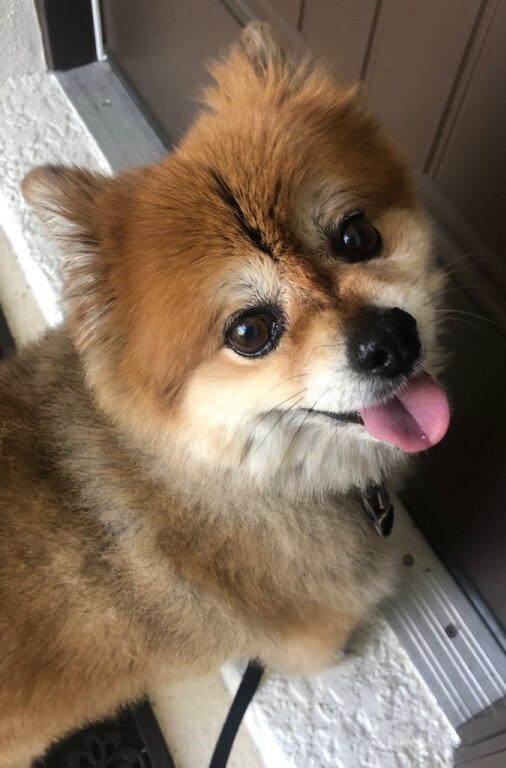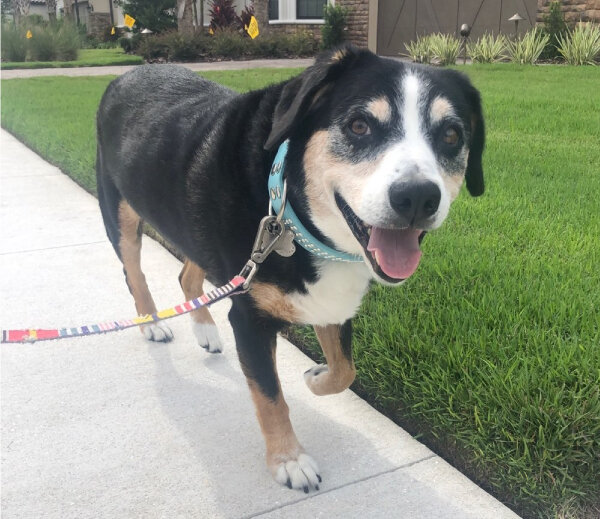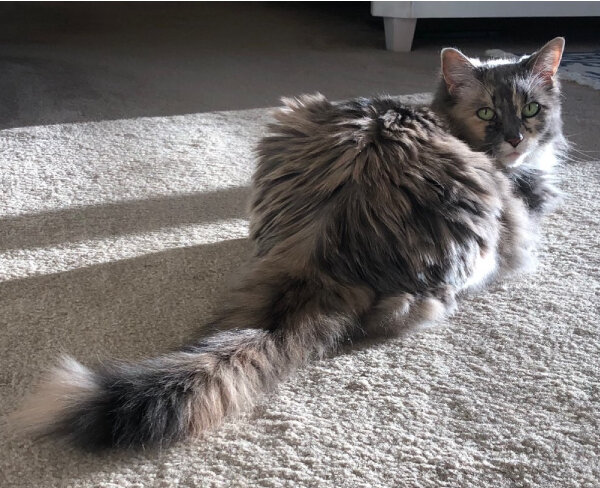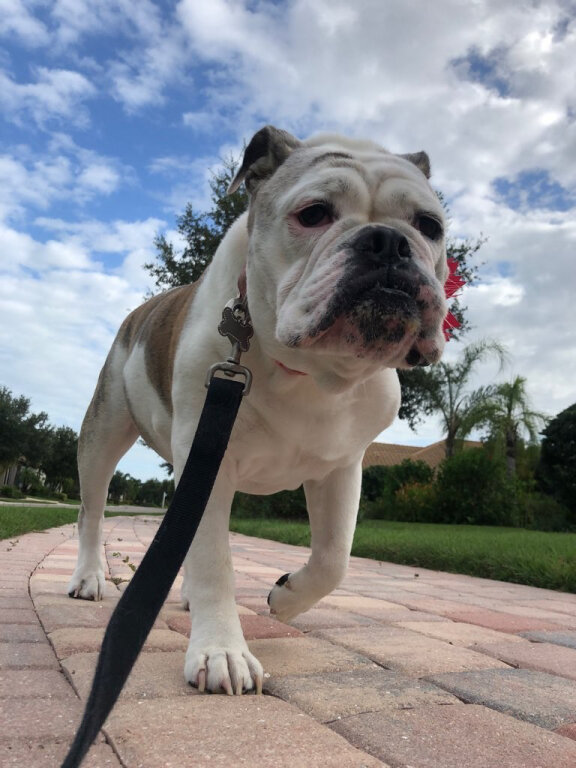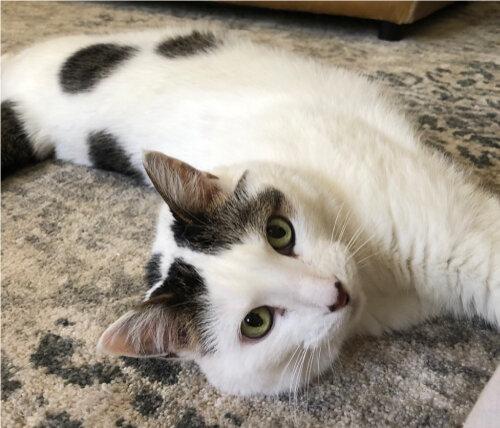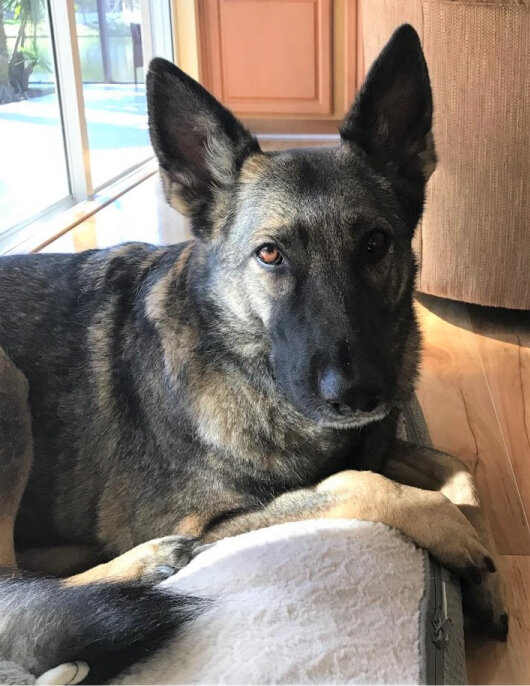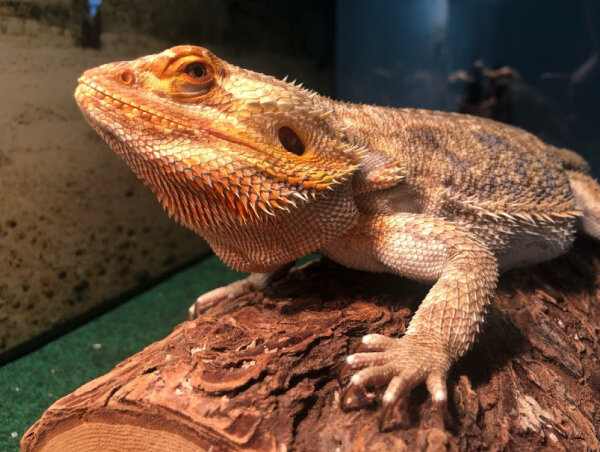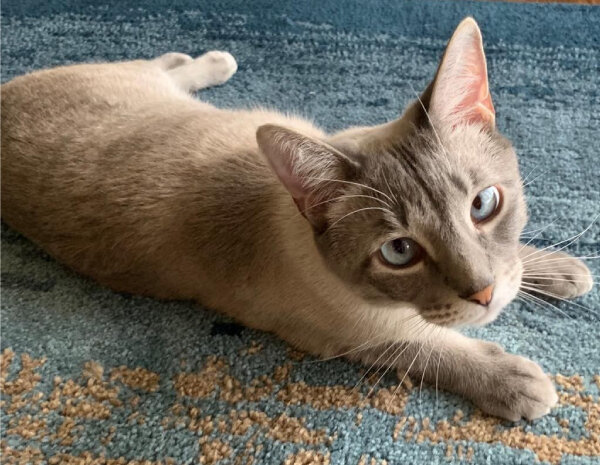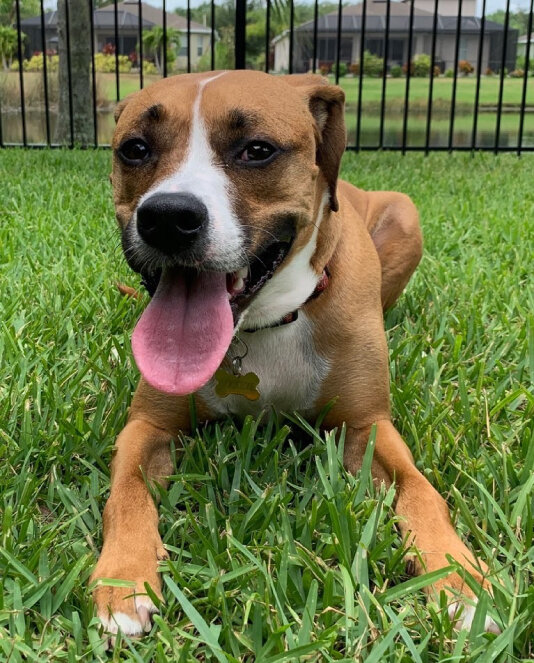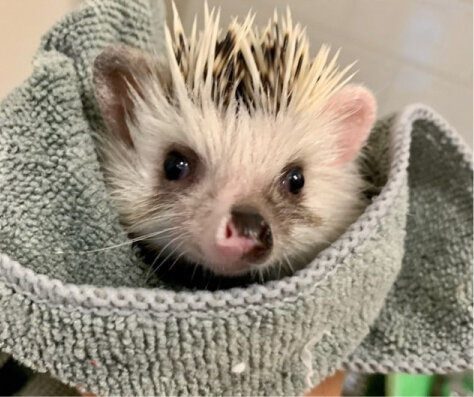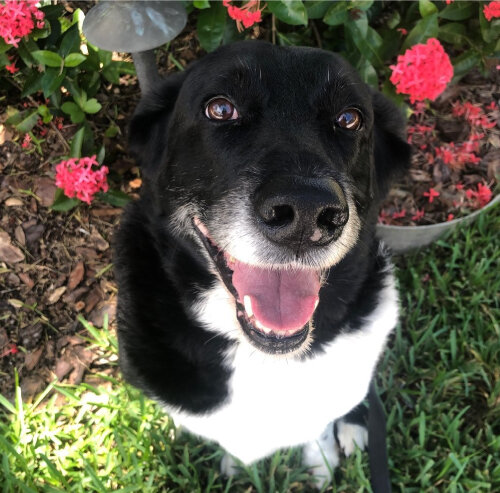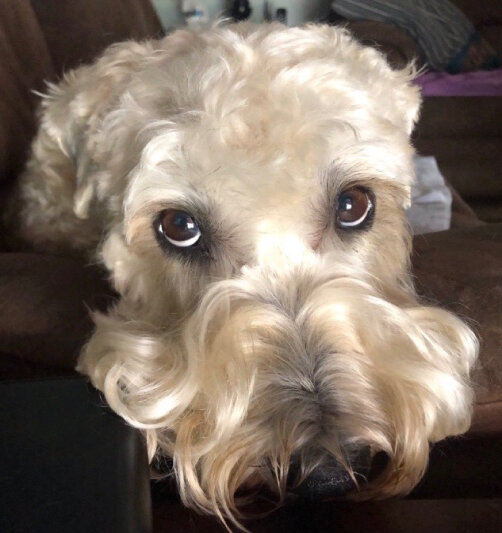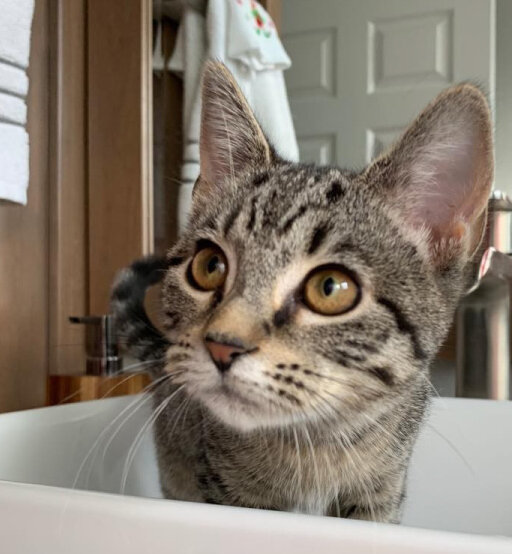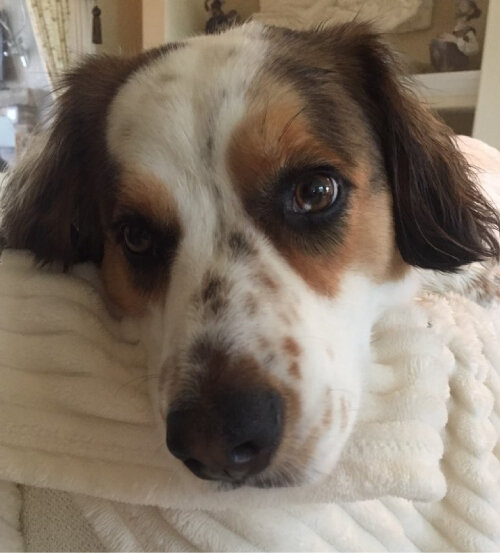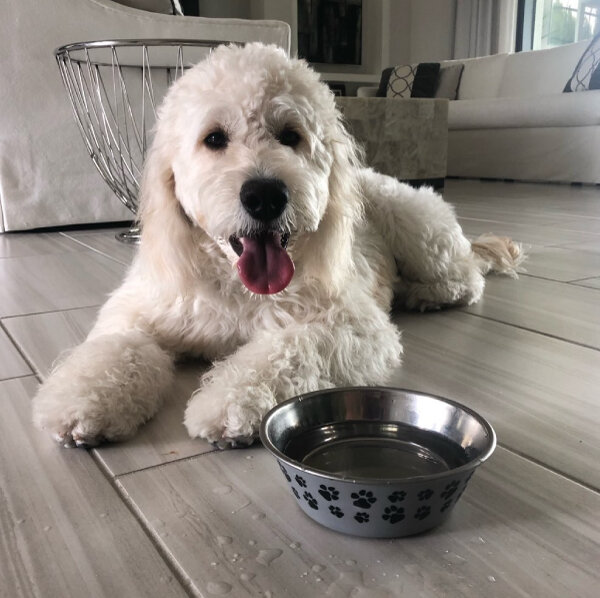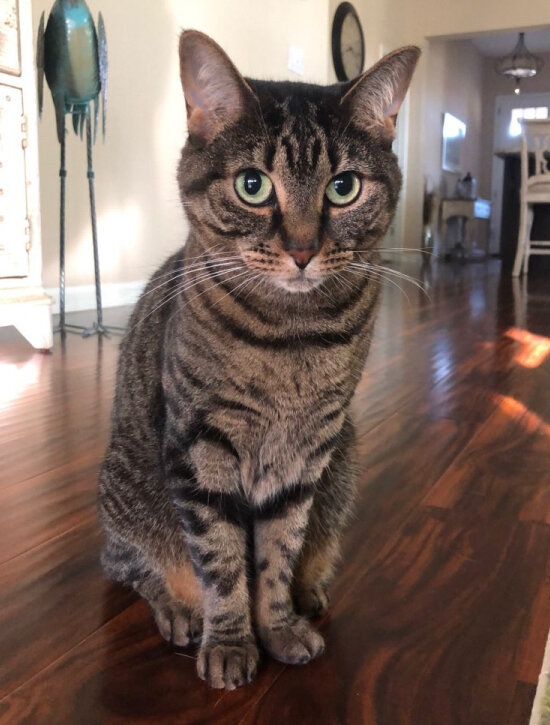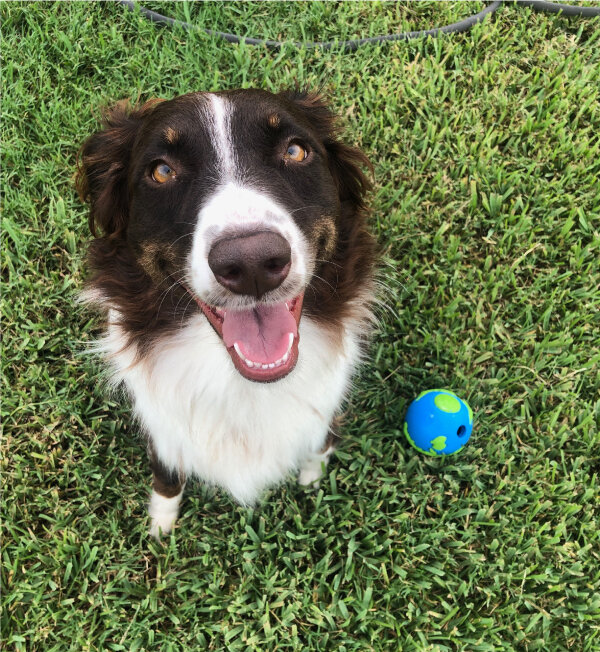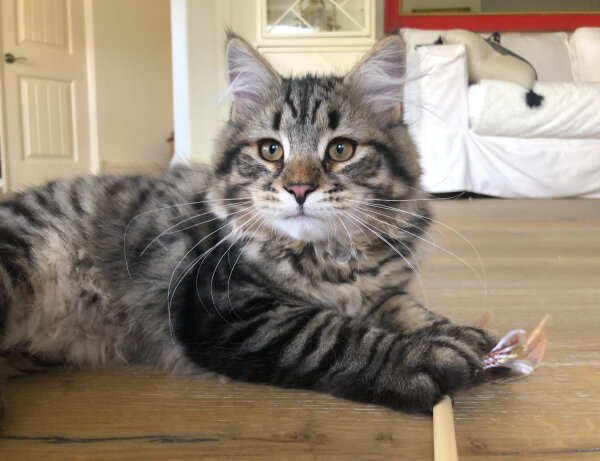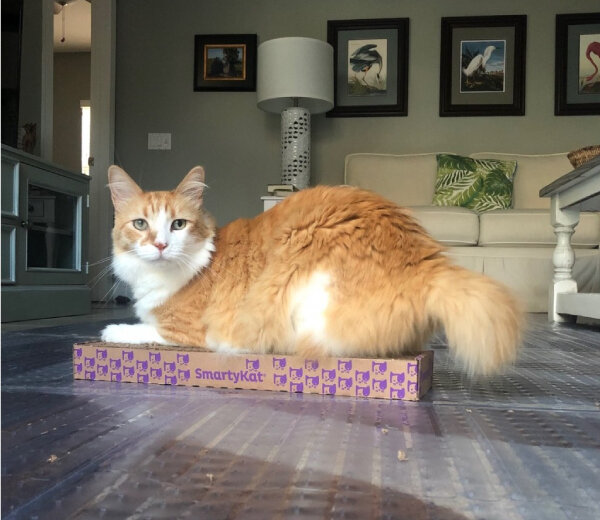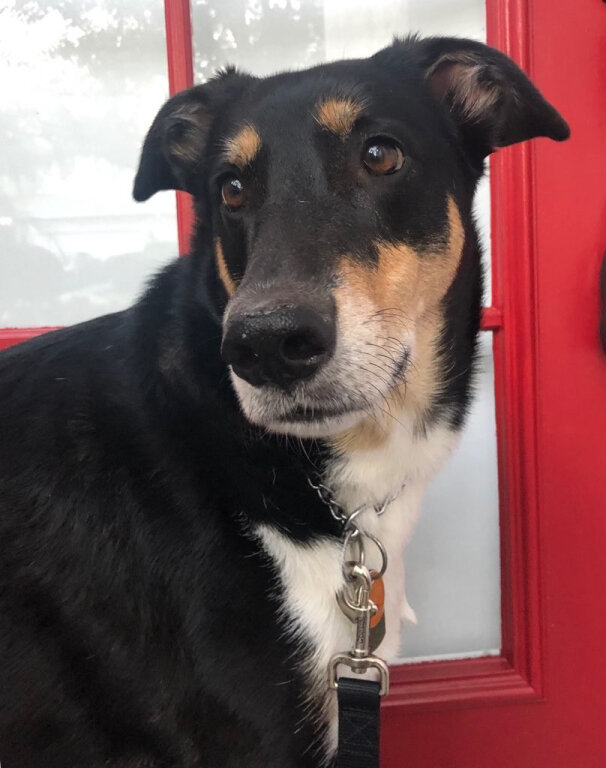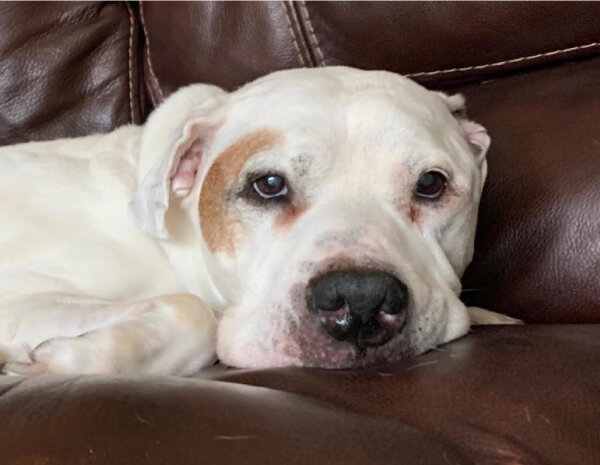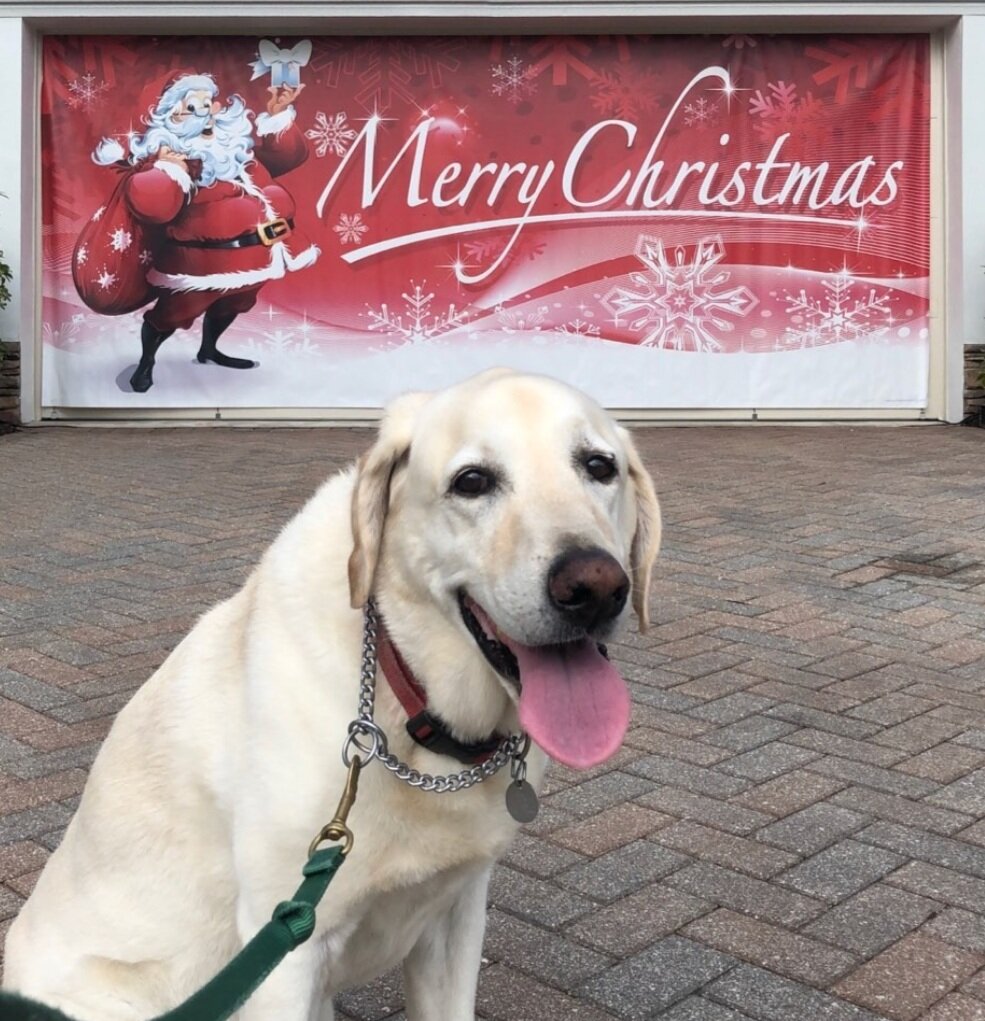The Best Pet Care In The Industry
Choosing care for your pet is important and can become a stressful task once you start reviewing all the options that are available. Finding a person, company, or facility that possesses a love for animals is a given but what about the other aspects that makes up quality pet care. Let’s break it down!
Company Employee - Independent Contractor
Solo Sitter - App Sitter - Boarding Facility
Choosing the appropriate care for your pet is essential and can become a stressful undertaking once you start reviewing all of the options available. It’s a given that the pet sitter you choose should possess a love for animals, but there are many other important considerations when hiring a pet sitter.
PROFESSIONAL IN-HOME PET CARE BUSINESS (that hires “employees”) - The Gold Standard
Professional pet care businesses, like Glad Wags, are owned and operated by a certified professional pet sitter through Pet Sitter’s International (PSI). PSI is the world’s largest and most respected authority on pet sitting and the leading association for professional pet sitters. They provide their members with the most up-to-date, on-going education and resources. This knowledge translates to exceptional, 5-star care for your pet. Benefits to hiring a professional pet care business, include:
The ability to leave your pet in the comfort of their own home without interrupting their routine, and where they feel safest.
In-home care means that your pet is not exposed to potential viruses often found in boarding facilities, such as kennel cough or influenza, nor the possibility of injuries associated with a group setting while boarding.
This type of premium care also includes one-on-one companionship for your pet and the ability to tend to their unique needs, such as administering medications or preparing their special meal.
A pet sitting company’s team of sitters are insured, bonded, background-checked, trained by field management staff, and accountable to the company for each visit provided.
A team of sitters allows for pet care 365-days a year. If one sitter is on vacation, or ill, or has a personal emergency, other sitters on the team who know and love your pet are able to continue care without interruption. Back-ups are key in finding reliable pet care; something a solo sitter cannot provide.
Long-term relationships are built between the company’s owner, sitters, the client, and their pet that are built on communication, accessibility, reliability, and trust.
Pet owners will enjoy the convenience and efficiency of sophisticated technology that enables online scheduling, payments by credit card, text-like communication feeds, real-time visit reports with engaging, quality photos through a pet sitting software program and mobile app.
While you’re away, your home will never appear that you’re not home. We will collect mail/packages/newspapers, maintain trash, water plants, rotate lights, and keep your home secure.
EMPLOYEE -VS- INDEPENDENT CONTRACTOR
Hire a company with employees versus independent contractors. There is a major difference between companies that hire employees as pet sitters versus independent contractors as pet sitters. Namely, a business with employees is able to control the way their sitters perform their job, meaning the type of care they provide.
EMPLOYEES
Glad Wags hires employees only. We work closely together as a team when caring for all of our clients’ pets.
Lead sitter, Amanda, taking a play break with a wild pup.
We provide Workers Compensation to our employees in case of an injury on the job. This type of insurance cannot be provided to independent contractors, the contractor may elect to obtain it themselves, but most do not.
We contribute to social security, medicare, and unemployment.
We carry liability insurance and bonding.
We manage, train, coach, and mentor our employees for consistency of care. By law, this type of guidance cannot be provided to or required of independent contractors as they are essentially a hired 3rd party company.
Glad Wags field management is always available to our employee team for back up and emergency care should it be needed.
Pet sitting companies with employees show integrity. By law, a pet sitting company that contracts their pet sitting services is illegally misclassifying their workers as independent contractors when in fact they should be classified as employees, and the company is then required to contribute to social security, medicare, and unemployment taxes.
INDEPENDENT CONTRACTORS
An independent contractor hired by a pet sitting company essentially has their own pet care business. They are then hired to care for a pet sitting company’s clientele. Why is this an issue?:
Glad Wags sitter, Ann, giving love to a puppy client.
According to the IRS classification of independent contractors, they are not legally allowed to be trained or managed by a company hiring them. They can establish their own “standard”.
They are not required, by law, to follow the pet sitting company’s policies and procedures and are legally free to care for your pet however they please and whenever they please.
Contractors have little supervision and cannot be told how to handle your pet. They are not required to report to a visit at a certain time and can shorten or change visits that you have requested. They can even subcontract the visits and send another person into your house without notifying you or the company you hired!
BOARDING AT A KENNEL
When a pet owner considers going out of town, boarding at a kennel is a popular option they consider. At a kennel, pets are fed and housed (crated), looked after in a facility by various staff members that your pet does not know. Potential issues that arise from this type of care, include:
Parrot client calm and happy in his cozy home.
Various required vaccinations in order to stay at the facility. In-home care eliminates this requirement, owners can choose to vaccinate as they choose.
Even with vaccinations, an increased possibility that viruses and bacteria, such as kennel cough and influenza, may be transmitted to your pet.
There is an increased possibility that your pet will experience an injury due to exposure to many other dogs with free rein in an enclosed space with little supervision. Depending on the facility, there could be as many as 80-100 dogs with free rein on any given day, particularly during the holidays.
Increased anxiety for your pet is likely, and the possibility of a lifelong fear of other dogs is also possible due to exposure to so many dogs day after day. This is a particularly unpleasant environment for puppies and senior dogs.
The stress of a pet being away from their family, home, and daily routine often has a lasting effect.
Pet owners will be charged for “additional services” such as medication administration, a solo walk, late pick-up, and much more. In most facilities, you will even have to pay extra to have your dog petted.
Owners have the burden of transporting their pet and their supplies to and from the facility and are tied to the facility’s drop-off and pick-up times, as opposed to having their calm pet waiting for them at home when they return.
HOBBY SITTER/SOLO SITTER/FRIEND/NEIGHBOR
Known by many names, “hobby-sitter”, “solo-sitter”, “gig worker”, or even a friend or neighbor is a person who provides pet sitting services either in your house, or their home as a side job or for a little additional income. Although you might find comfort in choosing a person who you know well, there are many issues that arise when using this type of pet care, such as:
Senior client enjoying his walk through his neighborhood.
Likely that the sitter does not carry liability insurance, bonding or workman’s comp insurance.
The sitter may not be educated in pet care, and have little pet experience.
Sitters tend to have other jobs or obligations (i.e., husband, kids, parents), making your pet’s care not their top priority.
Sitter is often unavailable, especially for last-minute requests and holidays, because they are already booked with another pet or they are tied up with their own personal obligations, work schedule, or most likely they “don’t work holidays”.
In the event of a sitter emergency, injury, or illness, sitter does not have a back-up sitter to continue care for your pet if they are suddenly out-of-commission. This is particularly bad when you are out of town, or out of the country.
Sitters tend not to follow professional procedures, policies, and protocols that keep your pet healthy and safe and ensure the care that is being provided to them is exactly what you wanted.
Owner is unable to use professional pet sitting software, to schedule, communicate through a portal, and pay with a credit card if desired.
APP SITTERS
Perky Westies taking a post-walk rest on their favorite couch!
App companies such as Rover and Wag are well-known because of their marketing but they are not professional pet sitting companies. They are e-commerce websites where services are provided by multiple third parties (“Sitters”). These referral-type websites do not meet the actual “sitters”, they are independent contractors (not employees) and the App cannot control a standard of care. It is up to the pet owner to do due diligence for the safety and well-being of their pet and the security of their home, but sadly many do not.
The Best Dog Harness For Pullers
There are many dog products on the market and with endless options, it can become overwhelming when deciding on what to use to walk your dog, particularly if you have a pup that pulls. As dog walkers, we have experienced just about every product on the market and we are going to share with you our #1 pick, especially if you have a “puller”.
With so many dog walking products on the market, it can be overwhelming when deciding what to use to walk your dog, particularly if you have a pup that pulls. Glad Wags’ dog walkers have hands-on experience using just about every style on the market and we are going to share with you our #1 pick, especially if you have an extreme puller of any size or breed.
Parents of pullers should skip putting anything around their dog’s neck, such as a traditional clip collar, a prong collar, a martingale, or a slip lead. These types of collars are not effective for pullers. More importantly, when a collar of any kind is used on a dog that pulls, the pressure is put onto their throat and over time this may cause serious illnesses, such as a collapsed trachea. This is an irreversible injury and will leave your dog with a harsh, dry cough that will last the rest of their life. A collapsed trachea may also cause labored breathing, fainting, wheezing, and exercise intolerance. This does not make for a fun walk for your dog or the owner. This is why it is so important to have the correct equipment!
A harness is a good option for pullers, and popular amongst many pet parents. But the type of harness is critical. Using a harness where the leash attaches on the back is a mistake. With the hind legs and chest being the strongest part of a dog, attaching the leash to their back will give them endless, uninhibited pulling power. There is a reason sled dogs have their leashes attached to their backs!
So, which harness is the best? Choose a harness where the leash attaches at the chest. This will give you all the control you need to handle your pet during a walk.. no matter what their size or breed! Why? By having the leash attached at the chest it works similar to a horse rein. If the dog pulls forward to the end of the lead, they will automatically be slightly turned left or right depending on which side the leash is on, resulting in them slowing down or even stopping. Many clients have come to us to ask for help to control their extreme puller. We show them how they can walk their dog with one hand using the correct harness. They tell us that they can finally enjoy walking their dog again!
There are plenty of front attaching harnesses on the market, but the easiest to use, due to its simple design and lightweight construction, is the harness made by the company, Walk Your Dog With Love.
Walk Your Dog With Love carries seven different styles of harnesses, yet all of them are designed with simple straps, one clip, and the leash attachment is always at the chest. They offer a variety of colors, embroidery options, and sizes to fit a tiny chihuahua or a hefty St Bernard. Their website provides you with information on their products, how they work, and even contains a video on how to properly fit the harness to your dog. The correct size and fit is critical! It will not work effectively without a proper fit, so we encourage our clients to allow the Glad Wags team to fit the harness on their dog or watch the video provided on the Walk Your Dog With Love website before hitting the sidewalk for their first walk.
Check out the photos below of our happy doggy clients modeling their harnesses while on their walks.
Enjoy walking your dog again and keep them injury-free!
15 Tips On Taking Photos Of Your Pet Using Your iPhone
Your social media pages are full of photos of your pet, right? But, do you feel that you’re not capturing the full beauty and cuteness factor of your pet through your photos? Get your iPhone ready and learn how to enhance your pet photos by following these tips.
Your social media pages are full of photos of your pet, right? But, do you feel that you’re not capturing the full beauty and cuteness factor of your pet through your photos? Get your iPhone ready and learn how to enhance your pet photos by following these tips.
SHORT CUT: Animals don’t know how to hold still and pose. Many times you miss the moment because you’re fumbling around trying to open your phone’s camera app. You’re more likely to capture the moment if you know the short cut to get to your phone’s camera. You don’t even have to unlock your phone. While on your lock screen, just swipe left and you’ve instantly opened your camera app!
CLEAR YOUR STORAGE: Make sure you have plenty of storage on your phone by deleting unwanted photos, apps, and messages. If you don’t, before you know it, you’ll be getting an annoying pop-up message demanding that you make space on your phone before it allows you to use the camera. Not good when you’re about to get a candid of Buddy rolling in the grass or Fluffy batting her toy mouse.
PRO TIP: When you delete photos, they automatically go to another album on your phone called “Deleted Photos”. This is great if you ever want to retrieve a photo that you deleted by accident, but bad from a storage perspective. After a certain amount of days, your phone will automatically and permanently delete the “deleted photos” from your phone. But rather than waiting for the phone to delete photos, it’s a good practice to delete photos periodically to keep your storage available when you need it.
It’s just as important to keep the outside of your phone clean. A dirty lens (front and back) will produce a blurry, undesirable photo. Leave the dirtiness to your pup playing in the sandbox at the bark-park!
THE VOLUME BUTTON ISN’T JUST FOR VOLUME: You don’t have to take your photo by tapping on the white circle in your camera app. This just doesn’t work when trying to snap a photo of a moving animal.
Once your camera app is open, you can use the volume “up” button on the left side of your phone to snap a photo. On newer models you can use either the up or down volume button. This comes in handy when shooting your subject with your front camera for a selfie, when you have only one hand available, or when you want to hold the camera horizontally. Once you start using the volume button as the shutter release, you’ll probably never use the white circle again!
BEFORE OR AFTER EXERCISE: If you are envisioning a serene, calm image of your pet, help them expend their energy through exercise first so they are ready to sit still and chill while you photograph their cute little faces! If you are looking for action shots, plan your photo-session around your pet’s time at the park, during their daily walk, or while playing a game of fetch. You will definitely need to use “the burst” to capture some keepers when your furry buddy is moving (we will review this feature later on).
PRO TIP: Many of our clients wonder how we get their dog to “smile”. Well, here is our secret….snap a photo during or right after a walk, run, or game of fetch… because a panting dog is always “smiling”!
LIGHTING: Natural light is a perfect way to enhance your shot. Snapping photos during the “golden hour,” which is just after sunrise and just before sunset, will produce the most complimentary light for humans and pets.
For beautiful indoor shots, capture the natural light by placing your pet near a window, patio slider, or on your lanai. Avoid flash mode. This type of unnatural light is not flattering as it tends to overexposure the image. Plus, it’s uncomfortable for your pet, and may even frighten them.
As the photographer, it’s important that the light source be behind you so that it is shining on your pet to make them look like the true angels they are!
Otherwise, if the light is behind your pet, they will be backlit making them appear as a shadow and this cannot be effectively edited to produce a quality photo.
STAY FOCUSED: iPhones have the ability to automatically focus on what they think is the most important figure in the photo. The iPhone usually focuses well on a human face and will likely get it right with furry faces too, but sometimes it gets confused with different species (lizards, hedgehogs, birds) or certain coat colors (black, calico, etc.). To guarantee your phone focuses on your pet’s face, tap on your pet’s face and then hold it until AE/AF LOCK appears on the screen. This will keep your pet in focus even if you move the phone slightly prior to taking the photo. This will need to be done quickly, but practice will make perfect.
IT’S ALL ABOUT THE REWARD: Grab your pet’s favorite treat or toy to get their attention and encourage them to pose. But, here’s the ultimate sitter-secret: hold your pet’s favorite prize right above your phone (over the lens). They won’t take their eyes off their prize and the result will be them appearing to look right into the lens. They will likely be flashing a big grin with perky eyes because they are looking at something they L-O-V-E. We use this simple trick almost every time we are caring for pets!
BE SILLY: Guaranteed, your pet thinks we are goofs because we will do just about anything to encourage them to smile, curiously tilt their head, or perk up their ears for a photo. We accomplish this by calling their name in a perky tone, whistling, smacking our lips like a kiss, excitedly gasping, or tapping our sunglasses (kitties love this). All of these work particularly well outside when you don’t have a treat in hand to get them to look and smile into the lens. Indoors or outdoors, it works like a charm!
GET ON THEIR LEVEL: This is one of the biggest mistakes pet parents make when photographing their pets. They photograph them from a standing position, from the human’s level. Who wants a photo of the top of the dog or cat’s head or back, or have their little four-legged craning their neck back to see you? This angle never produces a good photo. To get the photo to really come alive, you must come way down to their level.
YOUR BFF - THE BURST: Ready for the biggest tip on this list? The burst. The burst mode on your phone allows you to take many photos in a short period of time. First, check that you have enabled “Volume Up for Burst” on your camera by going into Settings, scroll down to Camera, toggle Use Volume Up for Burst. When you are in your camera app, press and hold the white circle or the “volume up” button on the side of your phone. This will produce continuous shots for as long as you hold the button.
These photos will then be stored in your photo app under one big file, rather than individual photos. To view all of the shots, tap on the large file, then tap '“select” at the bottom and swipe through the photos to view them. Your iPhone will help you choose which photos they think are the best by putting a grey dot under their “favorites” at the bottom of the screen. Tap the grey dot to see their choice and if you agree, press the circle in the bottom righthand corner of the actual photo above and press Done on the top right of the screen(older versions may say “save”). You can select as many shots as you’d like by tapping on the ones you want and then press Done (or Save). The chosen photos will then be saved as individual photos in your photo app camera roll, under the “Recents” album and the rest will be moved to your Deleted album. Remember though, don’t let all those other deleted photos pile up, you’ll need to periodically delete your deleted file.
Don’t be afraid to take a bunch— as sitters, it’s not uncommon to take over 100 photos in one 30 minute visit by using the burst! With practice, picking the right one out of all these shots takes only seconds.
PRETTY AS A PORTRAIT: The newer iPhone models have portrait mode as an option in the camera app. This mode will feature your pet by highlighting them and blurring the background. This mode can be tricky because you can’t be too close or too far from your subject. Your phone will actually say “move closer” or “move further” so it can properly focus. Occasionally, your phone may alert, “no person detected”, and if so you will need to go back to photo mode.
ROTATE IT: Consider turning your phone horizontally to create a wider shot. It’s easy because your finger will be right on the volume up button and all you need to do is snap.
PRO TIP: Photos taken horizontally make the best banner photos for social media platforms like Facebook, and more forgiving when taking a selfie.
CLOSE-UPS: Your pooch might be snoozing in their new bed or your cat might be sleeping in the perfect kitty loaf, so you will likely be tempted to use the zoom option to catch the cuteness and not disturb them, but don’t. Zooming makes your photo pixelated and blurry, resulting in a poor photo. The best way to zoom in is by physically moving closer to your subject, or locking the focus from a distance and then cropping the photo later.
CROPPING: Our clients wonder how we get those cute close-ups. Almost always, we crop. Meaning we take a focused photo (remember the yellow box), and then “edit” and “crop”. As pet sitters and dog walkers, we work with our phones all day long, so we can quickly perform these edits and we need to since we are on a schedule and cannot dilly-dally. But we assure you that with practice you too can accomplish these skills.
ADVANCED EDITING: You can do quite a bit of editing in your photo app, such as cropping, adjusting exposure, even changing the color of the image, but if you are looking to bring your snapshots to life, download a free app so you can adjust the light, shadows, saturation, and more. Here are a few options:
Snapseed
Pixlr
Canva
VSCO
Adobe Photoshop Express Editor
Tadaa
GET INSPIRED Visit Pinterest, Google images, or Instagram and look up “pet photography” to borrow some ideas for settings, angles, and edits. Check out professional pet photographers’ websites for further inspiration.
You might also enjoy viewing our Glad Wags social media pages (gladwagsfl) and our website pet gallery to see the precious client photos taken using the techniques we’ve described above.
14 Holiday Safety Tips For Your Pet
2020’s holiday season may look a little different this year but it is still important that you take the time to ensure your pets are safe throughout the celebrations. Here are some tips for prepping your pet and home for the end of year events.
2020’s holiday season may look a little different this year, but it is still important that you take the time to ensure that your pets are safe throughout the celebrations. Here are some tips for prepping your pet and home:
Stabilize your Christmas tree to decrease the possibility of it falling on your pet, causing serious injury or death.
Christmas tree water, poinsettias, holly, and mistletoe are toxic, and may cause nausea, diarrhea or possible death if ingested.
Cats enjoy playing with tinsel, ribbon, and confetti strings. But if ingested, it can result in vomiting, diarrhea or surgery to remove the material.
In order to avoid any accident involving your pet or your belongings, never leave your pet alone with a lit candle.
Keep fragile glass or plastic decorations (such as ornaments) out of reach of your furry friends. Pets can eat sharp pieces that may have shattered, causing serious internal injury.
Keep dinner plates cleared from tables and trash cans secured to reduce the likelihood of you pet eating something that may cause an illness. Some popular holiday foods that are poisonous to your pet are: macadamia nuts, raisins, grapes, avocados, onions, chocolate, Xylitol (found in candy, gum, baked goods), alcohol, garlic, peaches, and plums.
Never give your pet cooked bones. Bones can splinter into shards that injure your pet's mouth and digestive tract. They can also harden in their intestines, causing a blockage.
Remind overnight guests to keep their medications and toiletries packed away so pets cannot get to them.
Create a "safe space" where your pet can retreat if they are feeling overwhelmed by guests. This safe space should be quiet, have fresh water, toys, and other items your pet may find comforting.
Remind guests, especially children, how to properly interact with your pet to avoid potential anxiety in your pet that may result in a reactive bite or scratch. If your pet isn't fond of company, escort them to their safe space and check on them during the event.
Exposure to loud fireworks, noisy poppers, and screeching rambunctious children, can frighten your pet. Keep noise to a minimum if your pet is sensitive to loud noises.
Pets, especially cats, tend to sneak out of open doors when visitors are entering and exiting your home. Pay close attention to your pet's whereabouts when your doors are open and remind visitors to be cautious.
If the holiday takes you on a road trip, make sure your pet is wearing proper identification, a harness that is secured to a tether or doggy seat belt (do not attach any type of restraint directly to their collar), or place them in their crate (secured to the vehicle in the event of an accident). Bring food/treats, bowls, water, leash, potty supplies, blanket, medication, first-aid kid, toys and vet documents with you. In case of emergency or illness, create a list of emergency vets that are along your route.
Be mindful of your pet's need for proper exercise during the busy season. Create a schedule that allows time to care for your pet or call your local pet sitting company for assistance!
Tips To Keep Your Cat Mentally Stimulated and Physically Fit
Exercise and entertainment for your feline friend is a crucial part in keeping them healthy physically, mentally, and emotionally. Cats snooze more throughout a 24-hour time period than their dog counterparts but when they are awake they are ready to hunt, chase, bounce, pounce, think, bat, and explore!
Exercise and entertainment for your feline friend is a crucial part in keeping them healthy physically, mentally, and emotionally. Cats snooze more throughout a 24-hour time period than their dog counterparts but when they are awake they are ready to hunt, chase, bounce, pounce, think, bat, and explore! Without entertainment and stimulation, they have a greater chance of becoming overweight, unhappy, and more likely to find a way to entertain themselves by tearing up a fresh roll of toilet paper or scratching the corner of your couch!
Cats are crepuscular creatures, meaning they are most active during the dawn and dusk. Making the most of their awake hours can be done through interaction between kitty and human, as well as setting up the house to ensure your furry pal can keep themselves busy while you are away from your home or catching up on your human sleep!
Here are some tips and tricks:
Cardboard Boxes & Bags
This isn’t a surprise to most cat owners. The object of your cat’s affection tends to be the cardboard box your pet’s new bed came in or the paper bag that carried home their cat food. Although it is trash in a human’s eye, let them play in their new paper forts before clearing them from the room. These items are the perfect tools for a round of hide & seek or to slide across the room. Throw a toy or cat nip inside to make things even more lively!
Window Watching
Cats are infatuated with the great outdoors! It’s not a coincidence that you may see your neighbor’s kitty perched in the window watching the wildlife buzzing around. Leave a blind open and position a cat tree or bench near the window if the sill isn’t wide enough for them to lounge upon. Consider adding a bird or squirrel feeder near your window to encourage the critters to get closer to your kitty when they’re watching from inside.
Digital Entertainment
YouTube is for cats too! Using your TV, computer, tablet, or cell phone can be a source of merriment for your cat. Here are a few of their favorite channels:
Apps: Cat Fishing 2, Relax My Cat, Games for Cats!, Mouse for Cats, Friskies JitterBug, Laser Pointer for Cat
DVDs: Cat Dreams , Mewvie
YouTube Videos: Birds , Fish , Other Cats , Wildlife , Laser Pointer
TV: National Geographic (found on Cable & Disney+)
Toys & Games
Pet stores are full of toys that cats love but you don’t have to spend a fortune to humor your kitty. Try some of these inexpensive ideas:
Throw ping pong balls into your bathtub or sink and watch your kitty go wild batting and bouncing them around.
Hang a shoe lace from a door knob. They won’t be able to resist the dangling new item.
Induce their hunting skills by running into a different room and hiding behind a door. After they hunt and “attack”, run into another room.
Roll aluminum foil into a ball and shoot it across the room. Some cats, specifically Siamese cats, will retrieve the ball to start a game of fetch.
Cats can get bored of a toy that they see and sniff often. Store a few wand toys out of reach from your cat for a while; when you bring them out again your cat will think new prey has entered their territory!
Cat Garden
You don’t need to have a green thumb to grow your kitty’s favorites! Here is a short DIY video on how to create an indoor cat garden.
Popular, non-toxic plants include:
Wheatgrass “Cat Grass”
Cat Nip
Thyme
Rosemary
Parsley
Cat grass and cat nip plants can usually be found at your local pet store and can be replanted into your pot.
**Always check the ASPCA site to ensure you never offer a toxic plant to your cat.**
Cat Wheel
Have you ever seen an outdoor cat run? They are fast! They can only run short lengths while inside so consider purchasing a cat wheel where they can sprint as far and as long as they’d like!
Feeding Time
House cats still have their wild streak, wanting to stalk, hunt and forge their food so having it served into a bowl isn’t as stimulating as meal time could be. Try offering their breakfast in a puzzle feeder or hiding a portion of their meal in a toilet paper roll, egg carton, or Kong.
Trees & Scratching Posts
A cat’s instinct is to keep their claws sharpened and ready to attack if needed. Although keeping their claws well-manicured is one reason they scratch, it is also a way for them to self-soothe, fight boredom, strengthen their paws, and leave their scent behind. Each cat tends to have a preferred scratching method, either horizontally or vertically, but it’s important to offer both.
Cat trees tend to have posts that are perfect for vertical scratching while scratching boards & mats provide a horizontal option. Allow your cat freedom to jump, scratch, and stretch on structures that are specifically for them. This also deters them from scratching your furniture!
Catio
Allow you kitty to explore on your screened-in patio so they can experience the outdoors safely. If you don’t have a screened-in patio, you can build or purchase a free standing enclosure!
Tricks
It’s true! Armed with a high reward treat, you can teach cats tricks by using the clicker method. Watch Jackson Galaxy give a crash course on how to use a clicker to train your furry kid.
Leash Walking
Some cats are willing to give leash walking a whirl, but it’s important that you introduce it to them slowly. Allow them to get used to wearing their harness by allowing them to walk around the house for long periods of time over the course of a few weeks. Once they seem comfortable in their harness, attach the leash and practice walking around the house so you both become comfortable. Depending on the curiosity level of your cat, they might want to stay close to home on the porch, sidewalk, or driveway. Don’t push your cat into exploring more than they are comfortable with. Leash training takes time and patience!
Cuddle Time
Providing your kitty with affection also makes for a content cat. On top of catching some zzzz’s or binge watching a Netflix series together, brush their fur or even offer them a fresh warm blanket from the dryer.
Hire A Pet Sitter
When you are away from home for more than 24 hours, hire a professional pet sitter who can step in and take care of all the wants and needs of your kitty while you are gone! You’ll come home to a calmer, happier cat.
Your Pet's Emergency Disaster Plan
You never know when a disaster might be headed your way and the last thing you want is to be unprepared when it comes to your pet and his supplies. People often become fanatic when the news alerts them that its time to hunker down so cat litter, dog crates, and even food are hard to come by at your local stores. It is important that you have your pet’s supplies already purchased, a plan in place, and be ready to act in case you need to evacuate your area or board up inside your home. Read over this list to ensure you are prepared the next time a hurricane is coming to a coast near you!
You never know when a disaster might be headed your way and the last thing you want is to be unprepared when it comes to your pet and their supplies. People often become frantic when the news alerts them that it’s time to hunker down. Pet supplies like cat litter, dog crates, and even your pet’s food are harder to come by at your local stores. It is important that you have your pet’s supplies already purchased, a plan in place, and be ready to act in case you need to evacuate your area or board up inside your home. Read over this list to ensure you are prepared the next time a hurricane is coming to a coast near you!
Documentation & Identification
Proof of pet ownership (photo, vet records)
List of emergency contacts and phone numbers
Food & Water
Two week supply of water per pet (20 lb=1/2 gl.)
Water dish - plus one extra
Two week supply of food (dry/canned) per pet
Spoon/scoop to measure and/or mix food
Medication & First Aid
Two week supply of medications with instructions
Pet First Aid Kit (see our Pet First Aid Check List)
Sanitation
Cat litter, liners, litter pan, and scoop
Plastic bags to handle pet's waste
Cleaning supplies (towels/rags, paper towels, soap and disinfectant)
Safety & Comfort
Collar with ID tag and a 6 ft leash
Blanket, crate-sized dog bed, toys, comfort items
One carrier per pet, labeled with pet ID and emergency contact information
Top Items To Have In Your Pet First Aid Kit
Having a complete pet first aid kit is an important step to ensure the safety and well-being of your pet in case of a serious emergency or a simple cut or scrape. Be certain that your kit accompanies you and your pet on trips to the dog park, campgrounds, and family road trips so you always have the items readily available no matter where you may be. Always inform your pet sitters and family members where the kit(s) are stored. All items can be picked up in one trip to the drug store or ordered online as a complete kit.
Having a complete pet first aid kit is an important step to ensure the safety and well-being of your pet in case of a serious emergency or a simple cut or scrape. Be certain that your kit accompanies you and your pet on trips to the dog park, campgrounds, and family road trips so you always have the items readily available no matter where you may be. Always inform your pet sitters and family members where the kit is stored so they can be prepared to care for your pet should an emergency arise.
All of the following items can be picked up in one trip to the drug store or ordered online as a complete kit:
Important Phone Numbers
Add the following numbers to your phone’s contacts and write them on an index card that can be stored in your kit:
ASPCA Poison Control Center: 888-426-4435
Your Veterinarian include address and phone number
Local 24/7 Emergency Pet Hospitals
Pet Identification & Vaccination Record
Quick access to these important records are essential should your pet need to be seen by emergency pet hospital personnel or should you need to refer to them when calling poison control.
Pet First Aid Guide
A quick reference guide with specific directions on how to properly use the items in your kit.
Medications
Consult your vet about proper doses of medications for your pet and write them on each box.
Aspirin Tablets
Benadryl
Anti-diarrheal (Loperamide)
Anti-Nausea/Motion Sickness (may need to get from vet)
Burn Gel (with Lidocaine)
Neosporin
Antiseptic Wipes
Betadine Antiseptic Solution
Sting Relief Pads (Benzocaine)
Hydrogen Peroxide (helps induce vomiting if pet ingested something poisonous)
Eye Wash
Eye wash can help alleviate irritation and flush away dirt and debris.
Ear Wash
Ear wash flushes debris trapped within the canal that may lead to infection if not removed.
Tweezers
Tweezers are handy for removing splinters, burrs, ticks, and other hard to grasp irritants that may attach to your pet’s skin.
Tongue Depressor
These are a great tool to use when examining your pet’s mouth.
Digital Thermometer & Lubricant
The most reliable way to obtain your pet’s temperature is rectally, which is why lubricant is important for the comfort of your pet. Note that dogs and cats have a temperature range that is higher than humans. Normal body temperature for dogs is 101-102.5 and for cats 100.4-102.5 degrees Fahrenheit.
Instant Cold Packs
Certain injuries require cold compresses to help reduce inflammation and relieve pain, such as bee stings, sprains, and strains. Always place a buffer, such as a towel, between the cold pack and your pet’s skin to avoid cold-induced skin damage.
Sterile Rolled Gauze and NON-STICK Pads (2 x 2, 4 x 4)
Gauze and pads are useful when cleaning out a wound and are also the first layer when covering and bandaging wounds. Only use a non-stick pad next to the wound before loosely wrapping with a gauze bandage.
Adhesive and Elastic Tape
Tape assists in holding the bandage in place.
Self-adhering Bandage Wrap
This is used as the outer layer when creating a bandage to help keep the sterile bandage in place.
Q-Tip Swabs (sterile if possible)
Another great tool when cleaning out wounds.
Splints
Splints are important to immobilize a pet's injured limb during transport to the vet or emergency facility. Homemade splints can be made out of pieces of cardboard or rolled up newspapers and magazines. A pencil, small ruler, or tongue depressor are all possible choices for smaller dogs and cats.
Stainless Steel Scissors
Scissors come in handy when cutting off bandages and creating splints.
Exam Gloves
Wearing gloves will help minimize the risk of infection to the wound site.
Children’s Socks
A pair of size-appropriate, children's socks are the perfect solution to cover a wounded paw.
BlanketS
A mylar emergency blanket or soft, thick blanket are useful for keeping your pet warm if they've sustained an injury outside in the cold and/or rain.
Syringes
Syringes assist in administering medications into your pet’s mouth or flushing a wound. At some point, you may have received these from your vet to administer meds.. be sure to keep them for your kit!
Odor Remover (De-Skunking)
1 qt 3% hydrogen peroxide, 1/4 C baking soda, 1 tsp dish soap, access to plenty of running water (hose) for rinsing. Leave solution on for 5-minutes and then shampoo. Note: Do not make this solution ahead of time, it must be prepared and then used immediately!
A Sturdy Container
A duffle bag, plastic bin, or tackle box are options to contain your first aid items.






